Moments in Pringle history
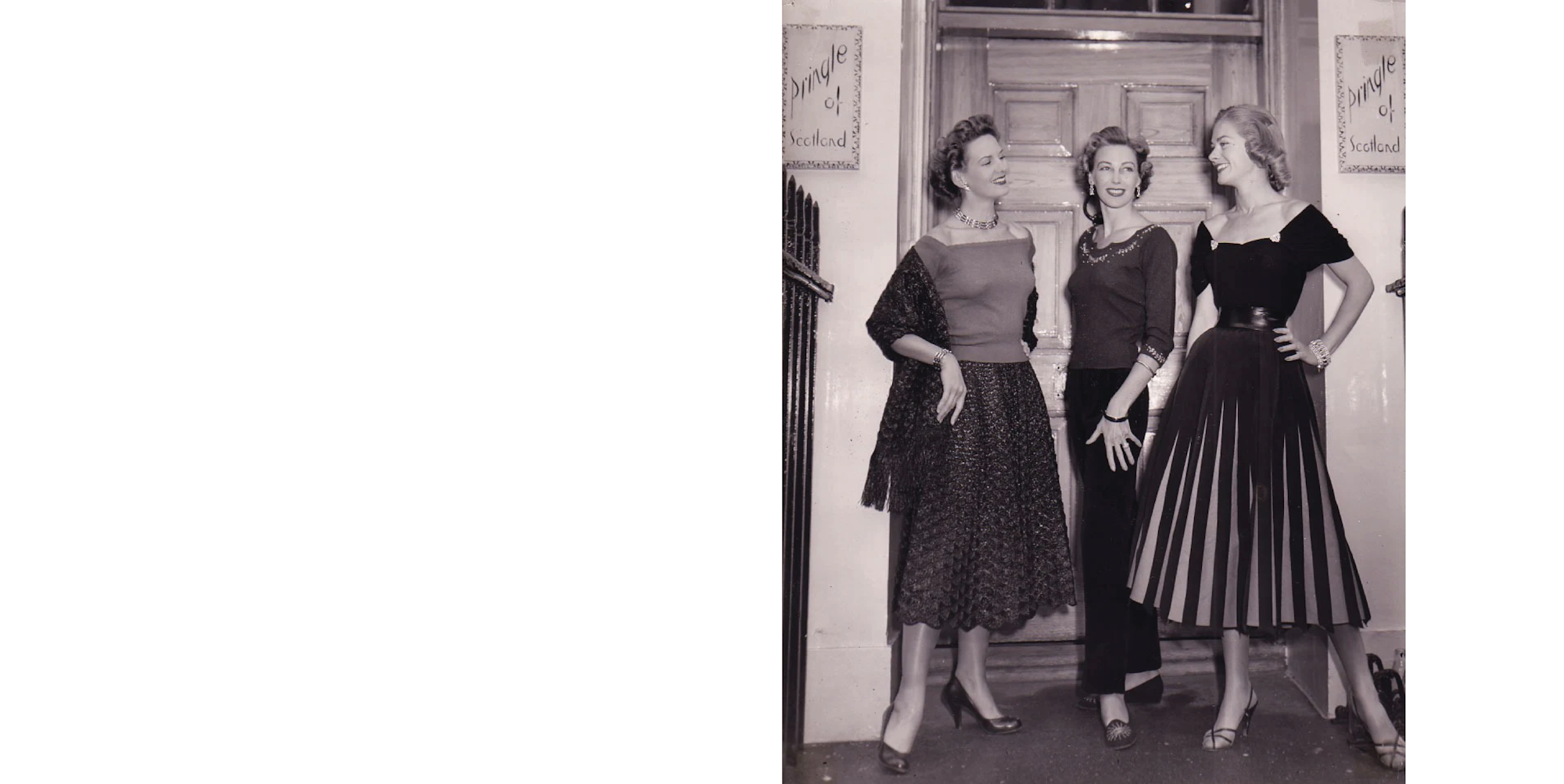
NO.1
Although historically associated with men’s tailoring, London’s Savile Row became a temporary knitwear hotspot when Pringle acquired number 12a as a showroom for its catwalk shows and photoshoots for magazines.
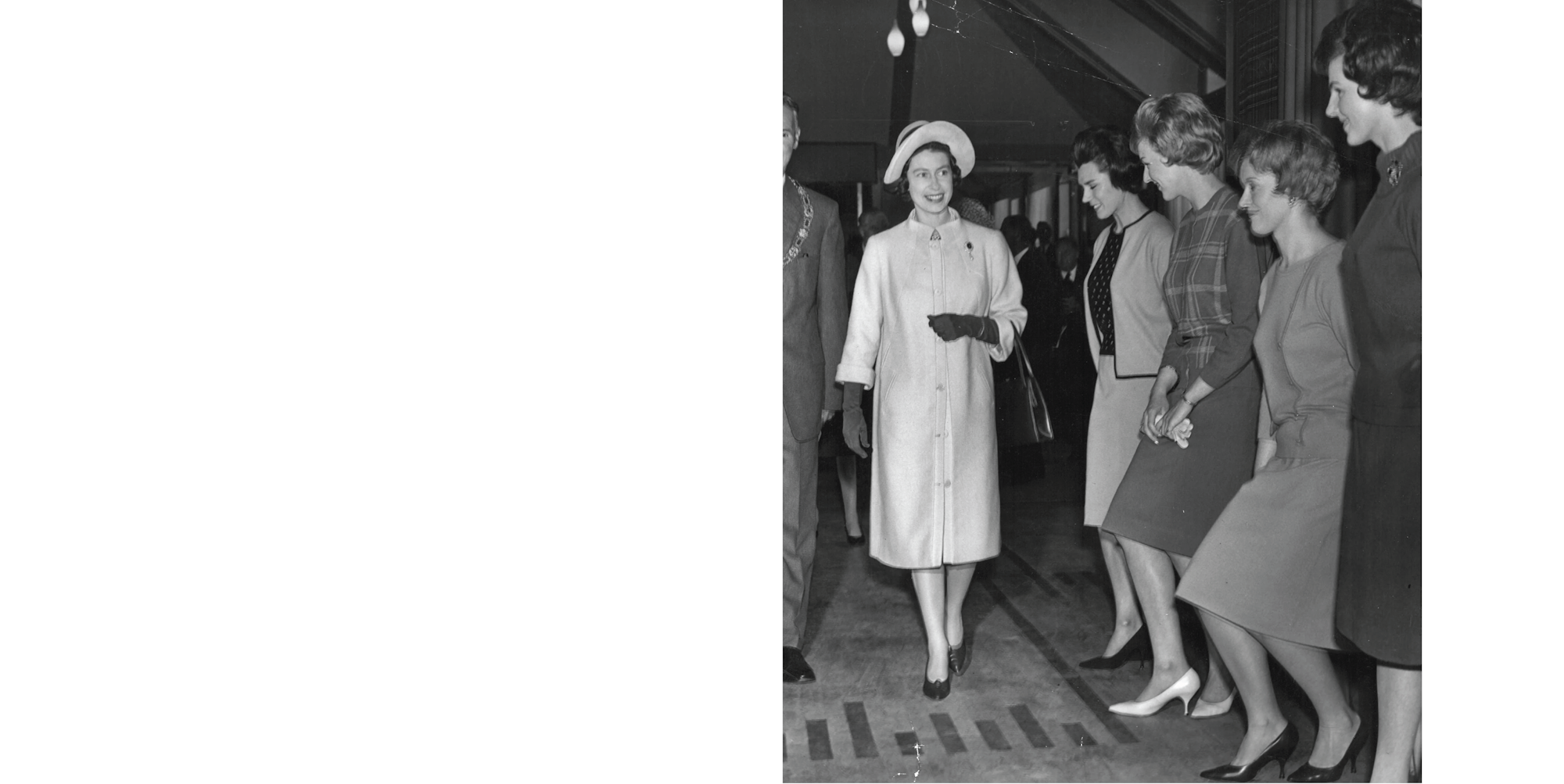
NO.2
HRH Queen Elizabeth II visited the newly-converted Glebe Mill in 1962.

NO.3
Inside the Glebe Mill in Hawick, the centre of Pringle’s knitwear production during the second half of the twentieth century.
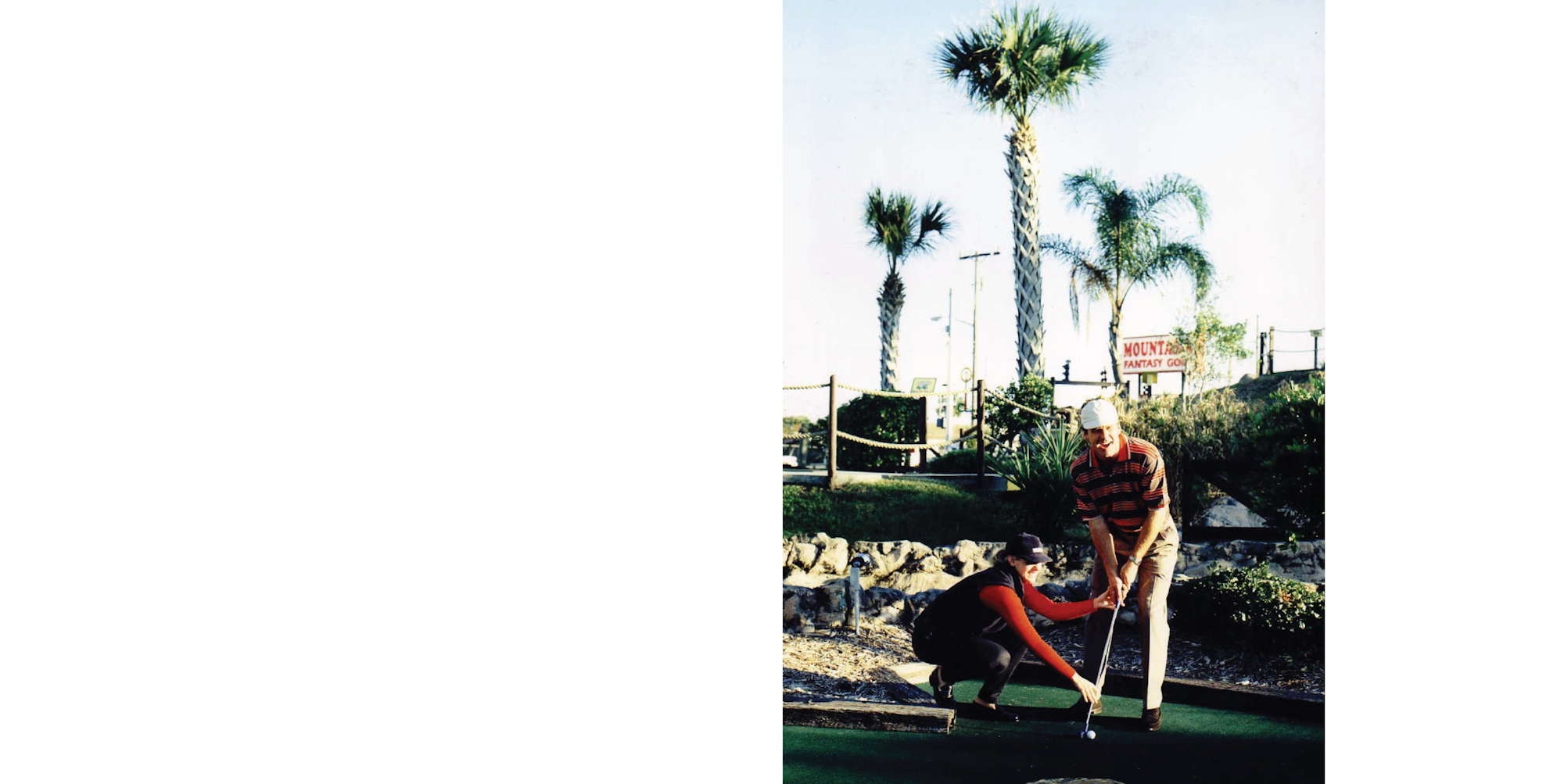
NO.4
Golfing icon Nick Faldo was an important ambassador for Pringle during the 1980s and 1990s, and increased awareness of Pringle’s sporting and casual menswear.

NO.5
To celebrate the 200th anniversary of Pringle of Scotland the company teamed up with National Museums Scotland to showcase its history and legacy in Scottish knitwear heritage.
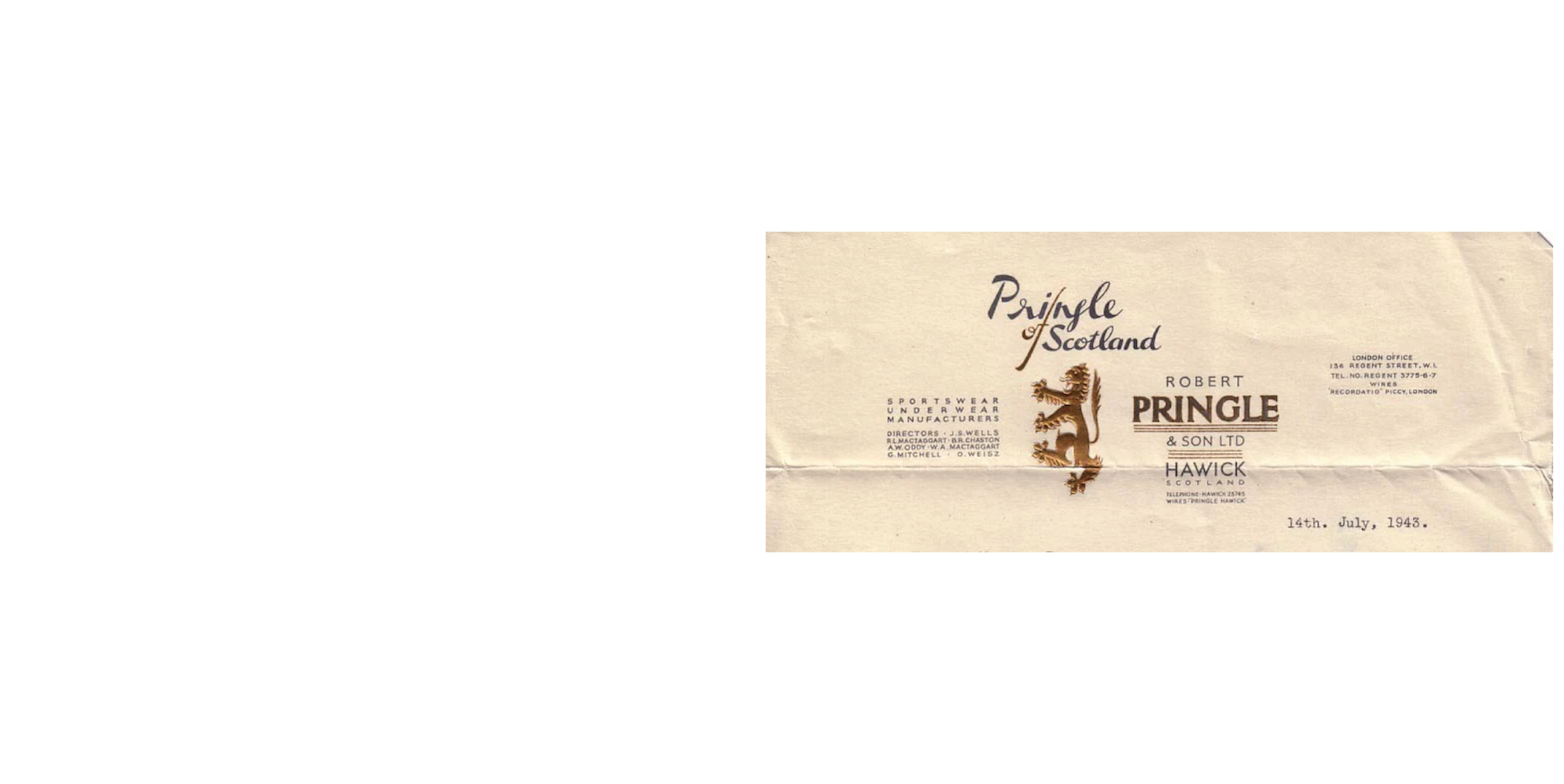
NO.6
An example of the company’s stationery from 1943, when the company used ‘Robert Pringle & Son Ltd’ as well as ‘Pringle of Scotland’. This piece also features Pringle’s ‘lion rampant’ emblem, still used on branding and products today.
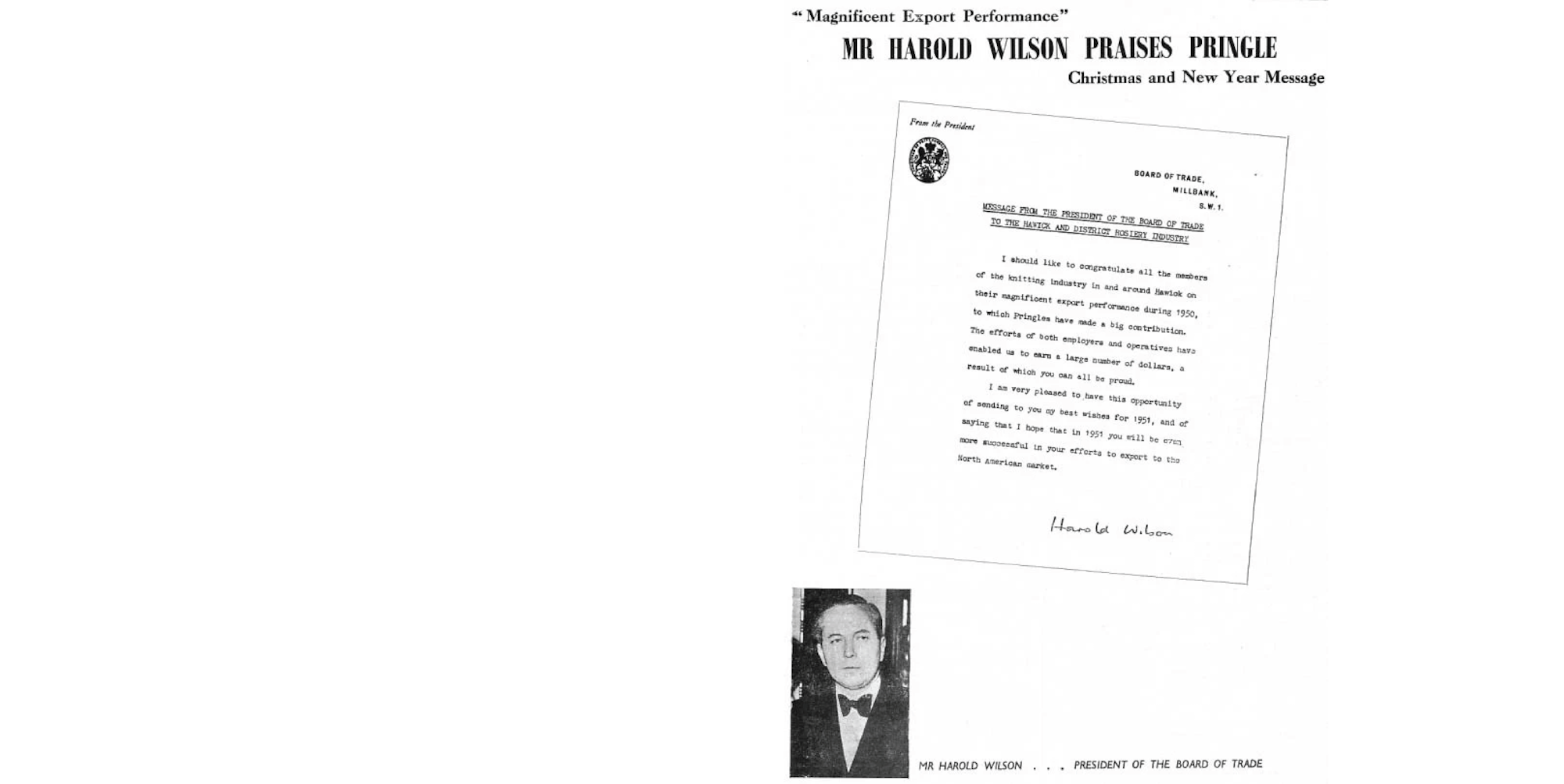
NO.7
As President of the Board of Trade after the Second World War, Harold Wilson wrote a letter praising Pringle of Scotland for its ‘magnificent’ contribution to British exports during 1950.

NO.8
A foreword note ‘to all our friends’ expressing the pride of the Directors, Staff and Workers on Pringle’s ‘enterprise and progress’.
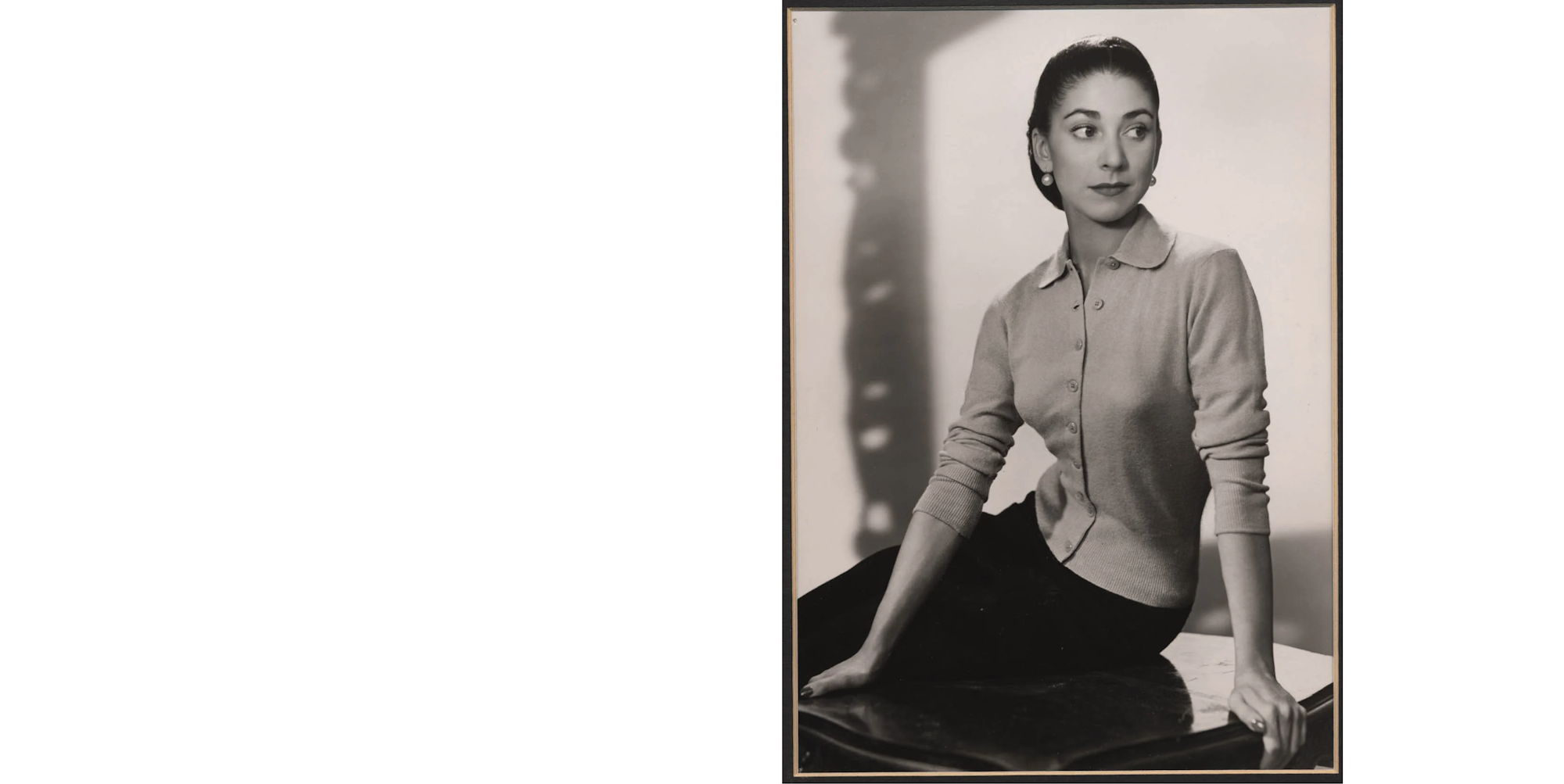
NO.9
Before embarking on their 1950s tour of America and Canada, members of the Sadler’s Wells Ballet Company spent time in Pringle’s showroom choosing knitwear to take with them. Ballerina Margot Fonteyn was a guest of honour and frequently wore Pringle.
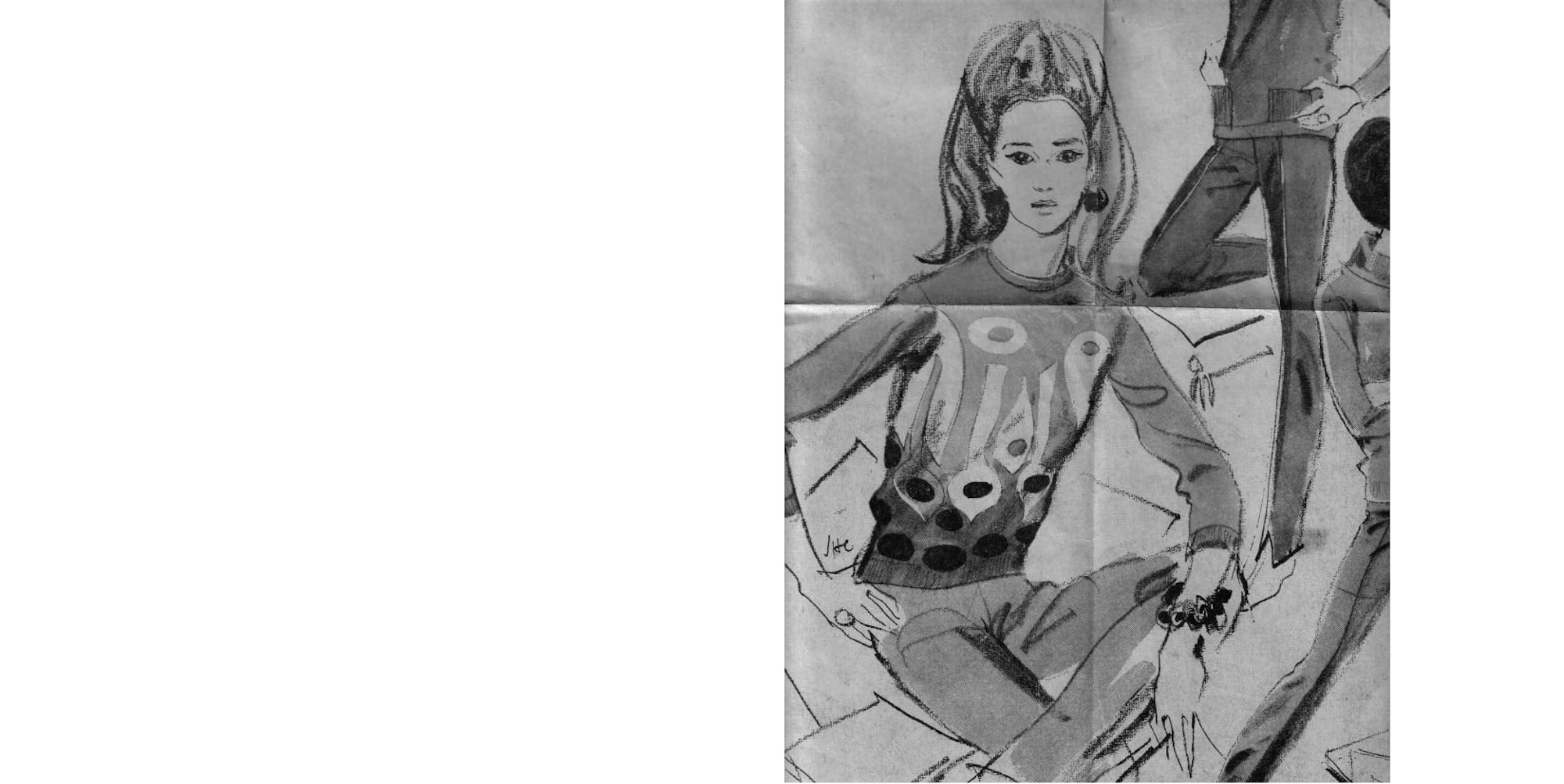
NO.10
In 1966 the New York Times featured an illustration of Pringle knitwear. The US was one of Pringle’s biggest export markets during the 1950s and 1960s.
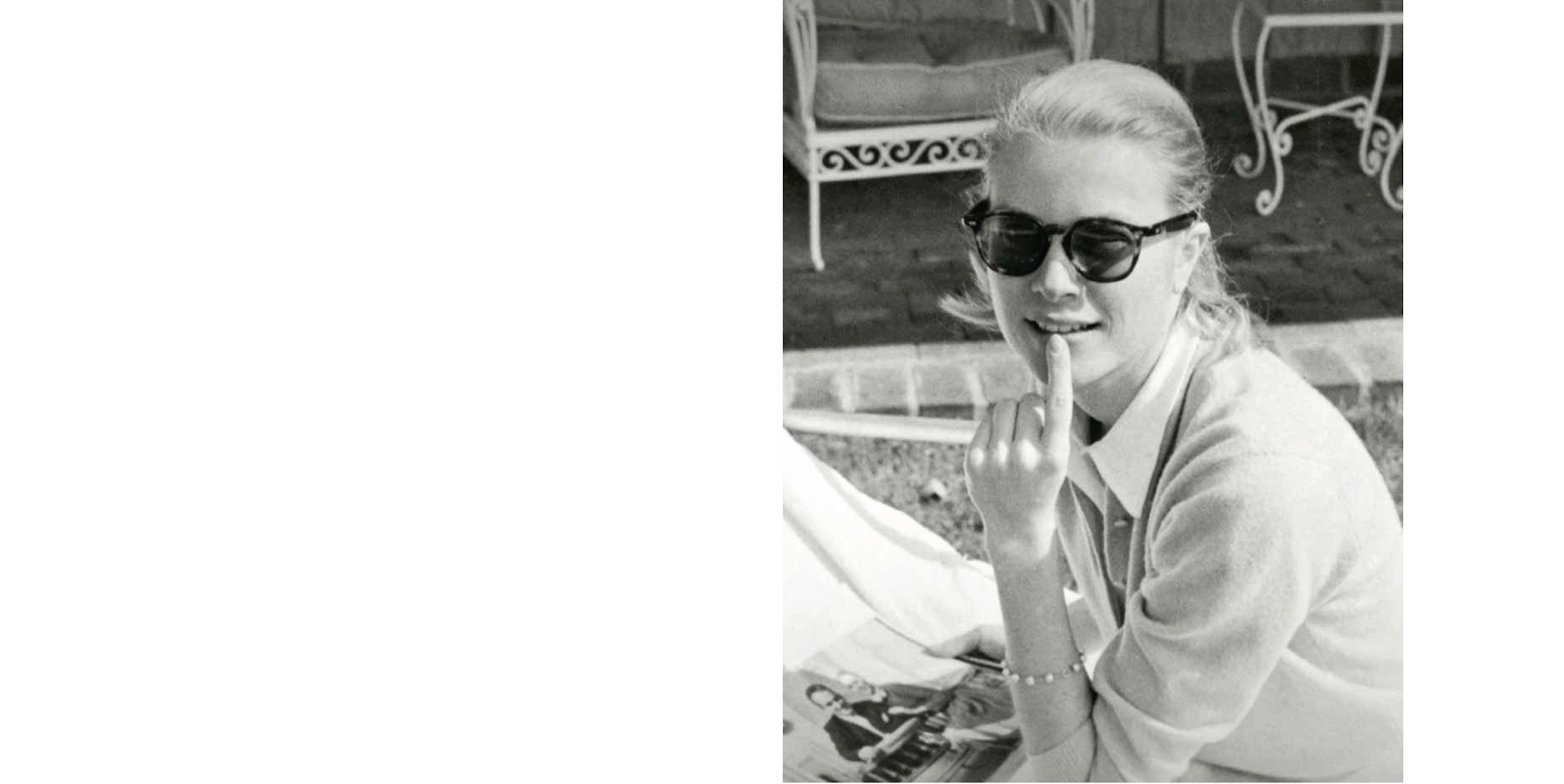
NO.11
Grace Kelly, who became Princess Grace of Monaco, was one of Pringle’s most iconic fans. Her fondness for Pringle knitwear inspired a collaboration between the Nouveau Musée National de Monaco and Central Saint Martins College of Arts and Design for a collection called ‘Princess Grace: more than an image’.
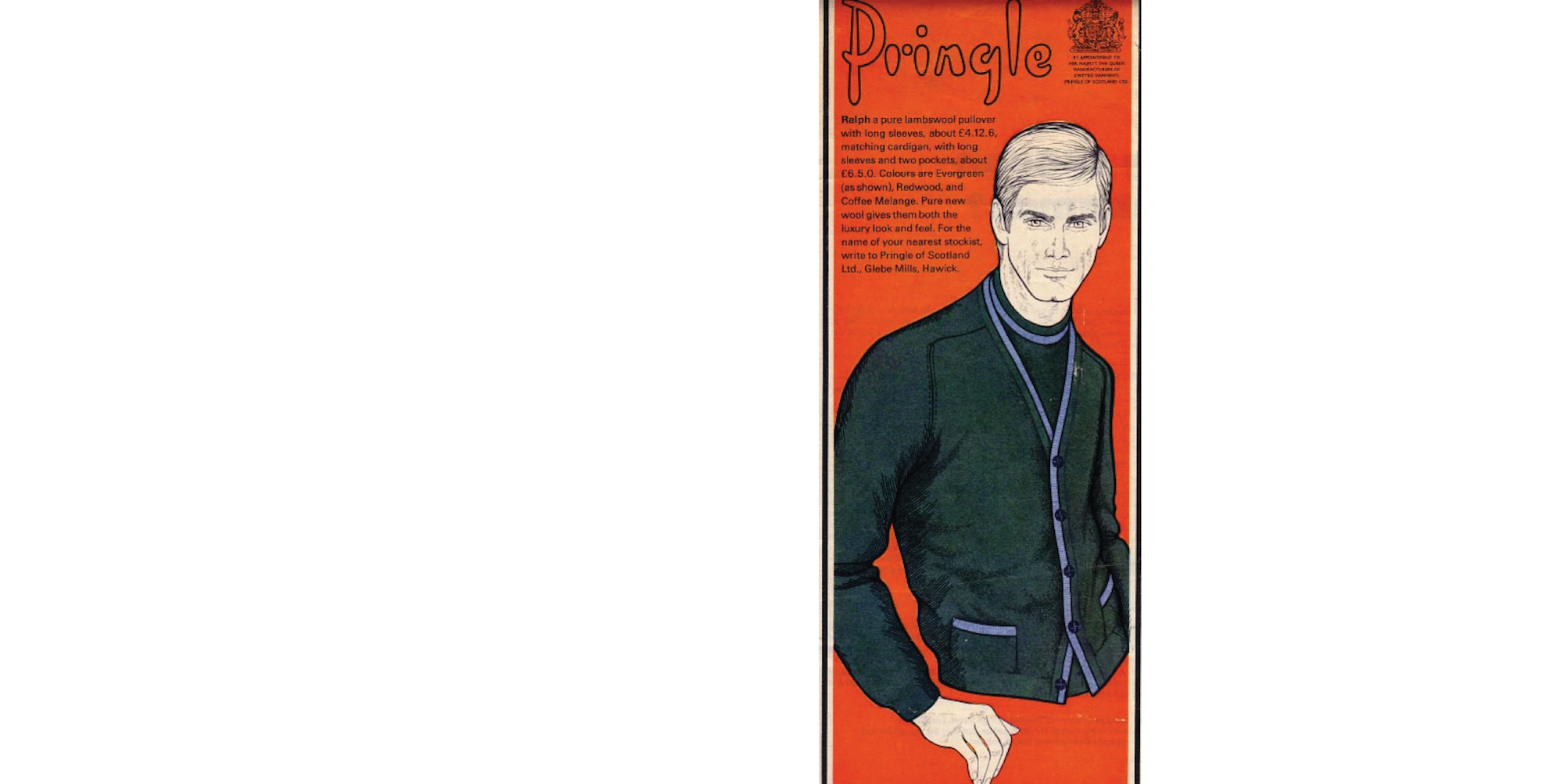
NO.12
An illustrated advert for the new ‘Ralph’ men’s lambswool cardigan in 1968.
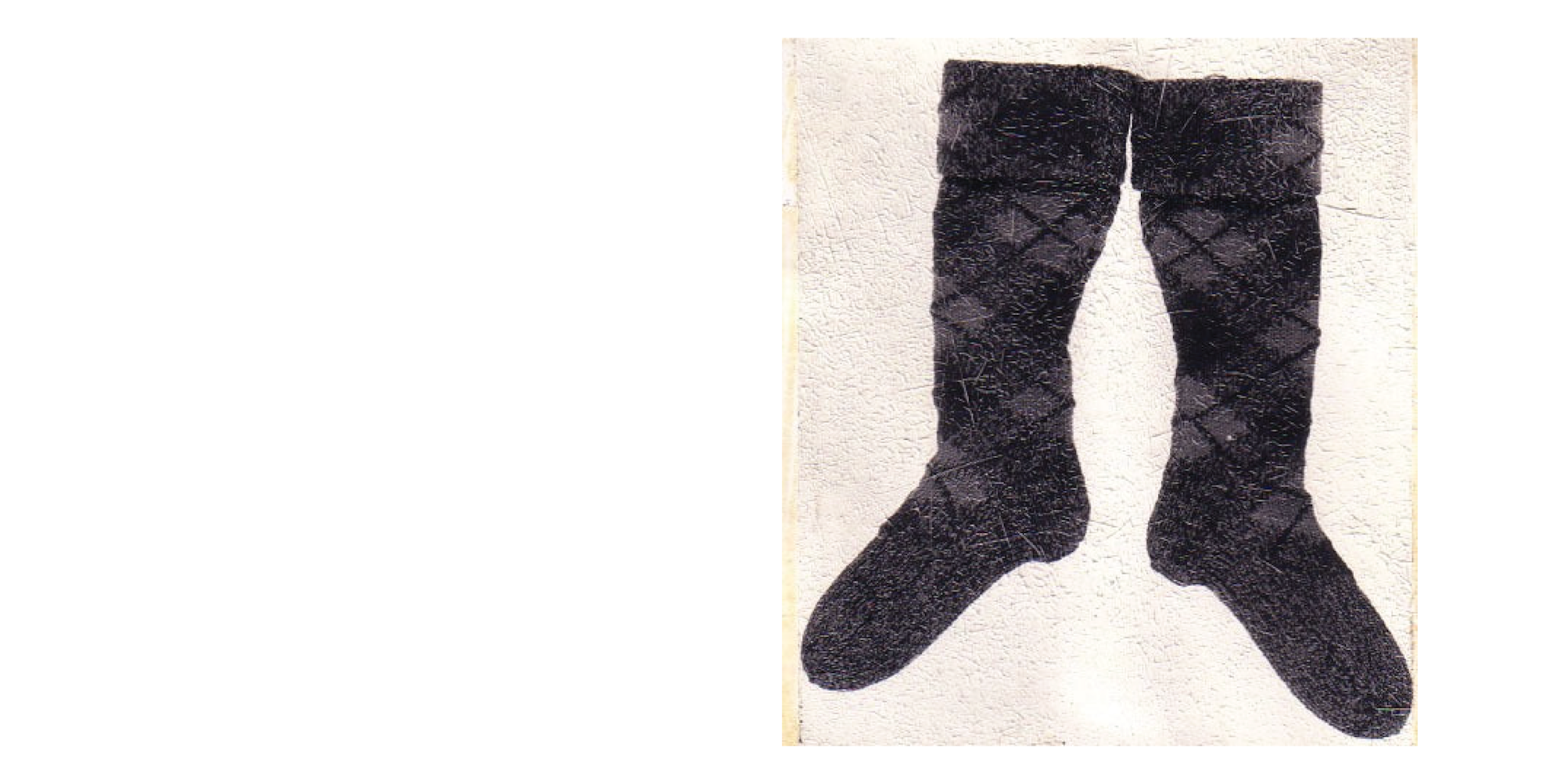
NO.13
The distinctive Argyle pattern was originally derived from the tartan of Clan Campbell of Argyll in western Scotland. The tartan would have featured on kilts, plaids and pattern socks worn by Scottish Highlanders since at least the 17th century.
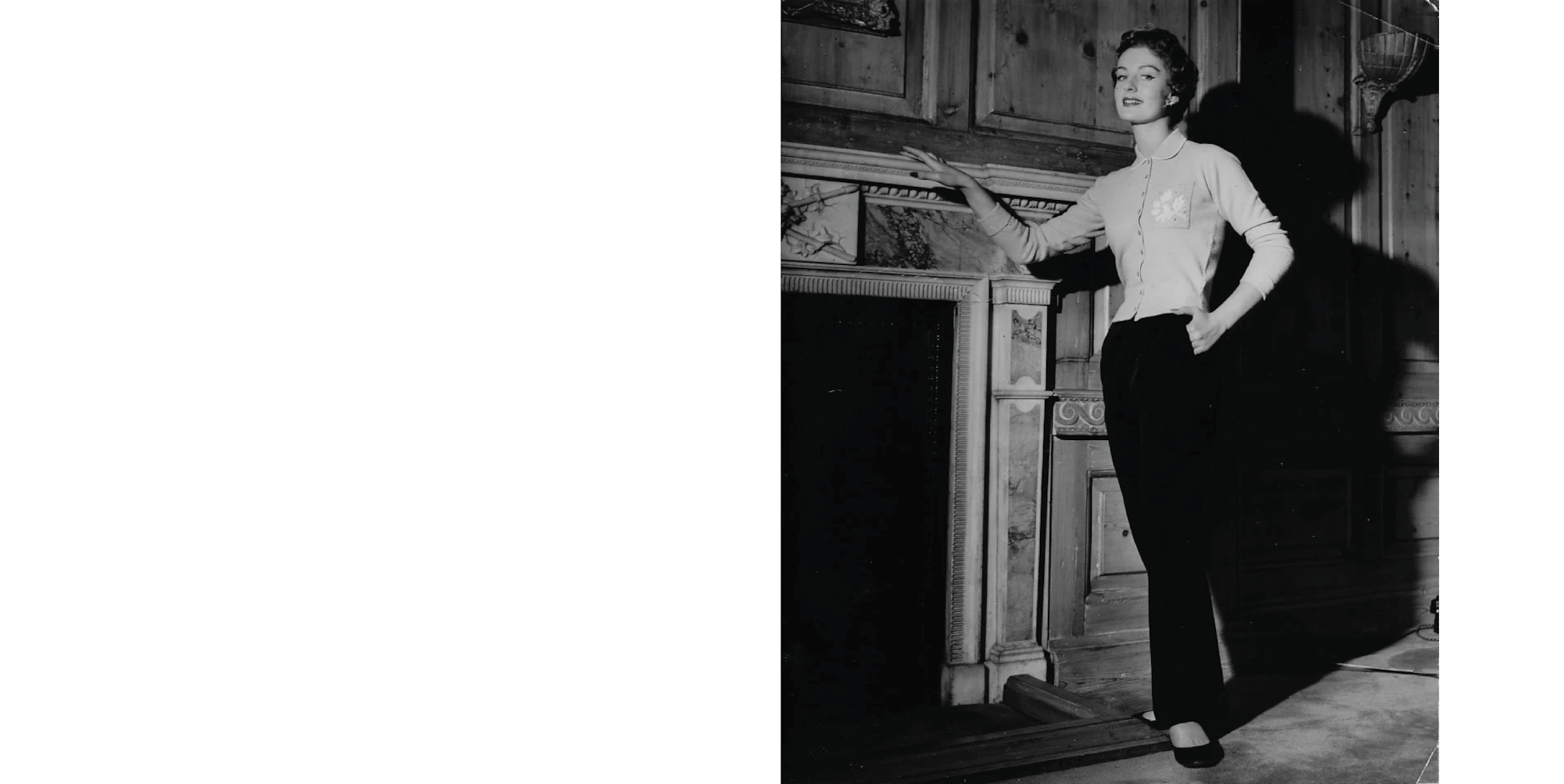
NO.14
A model posing at the Pringle showroom at 12a Savile Row during the 1950s.
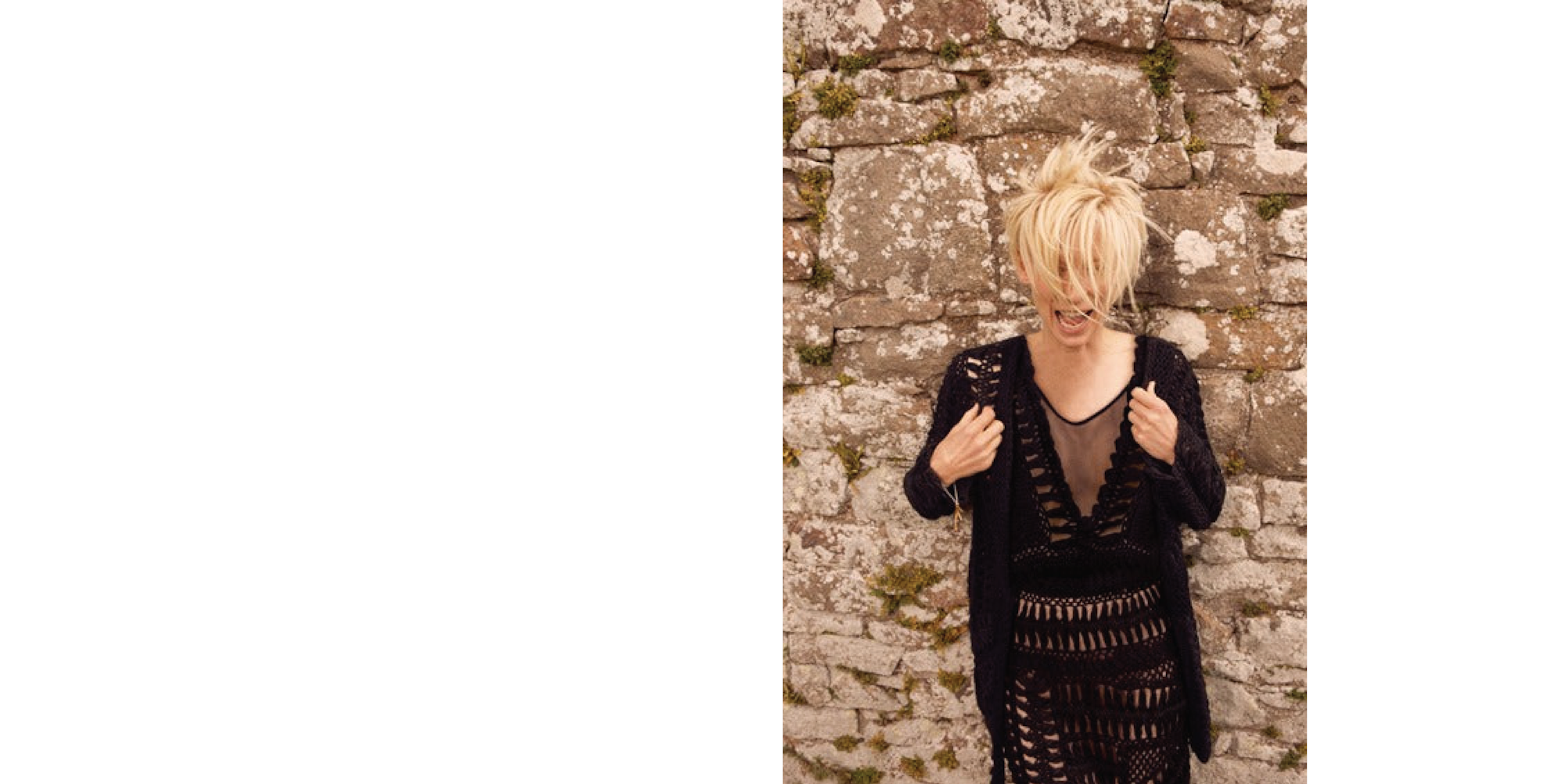
NO.15
Scottish actress Tilda Swinton was photographed by Ryan McGinley against backdrops from Scotland’s scenic landscapes for the Spring/Summer ’10 advertising campaign.
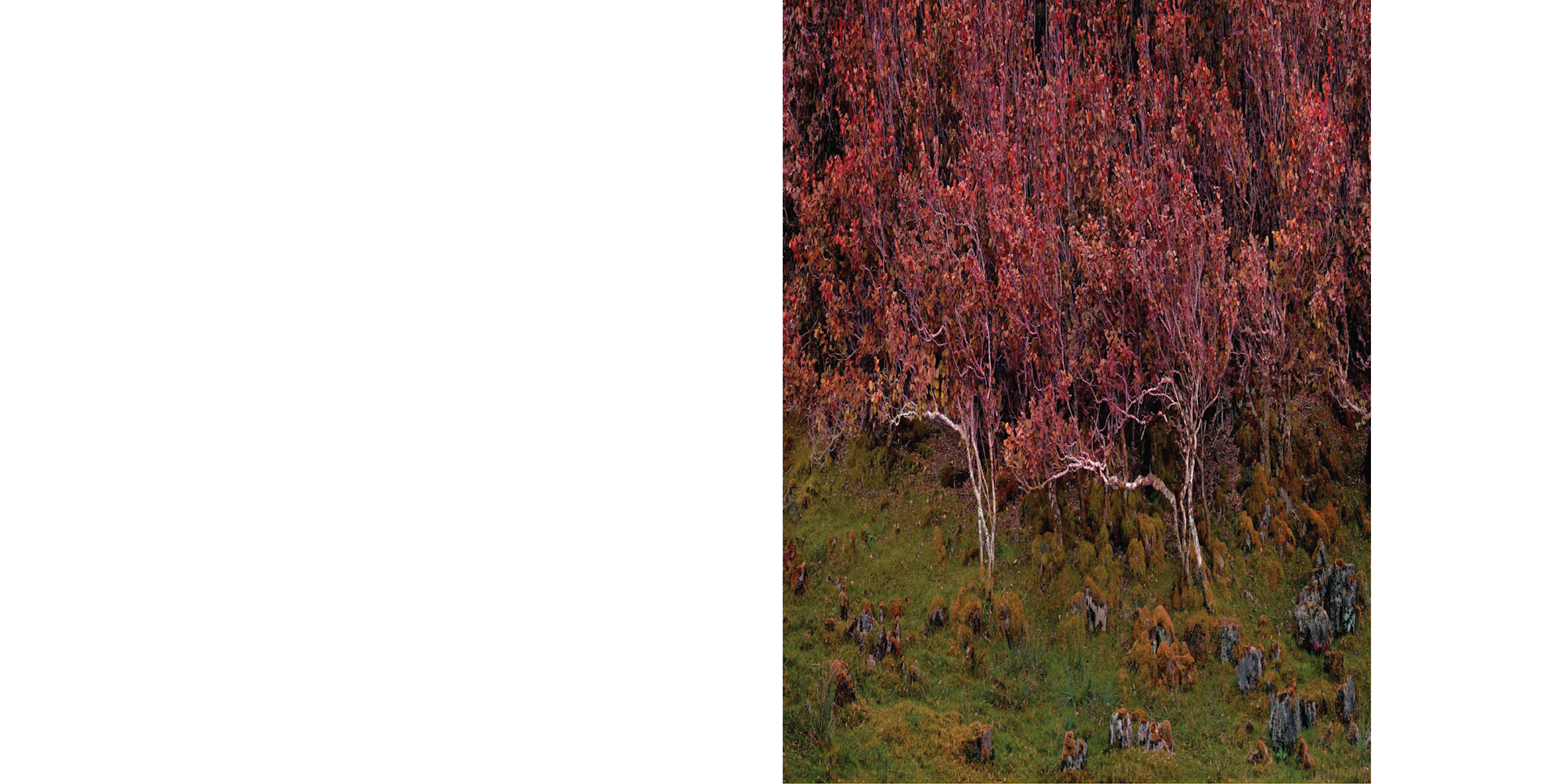
NO.16
To celebrate 200 years, Pringle collaborated with photographer Albert Watson for a campaign shot on the Isle of Skye, contrasting the textures of the Scottish landscape with the textures of the collections.
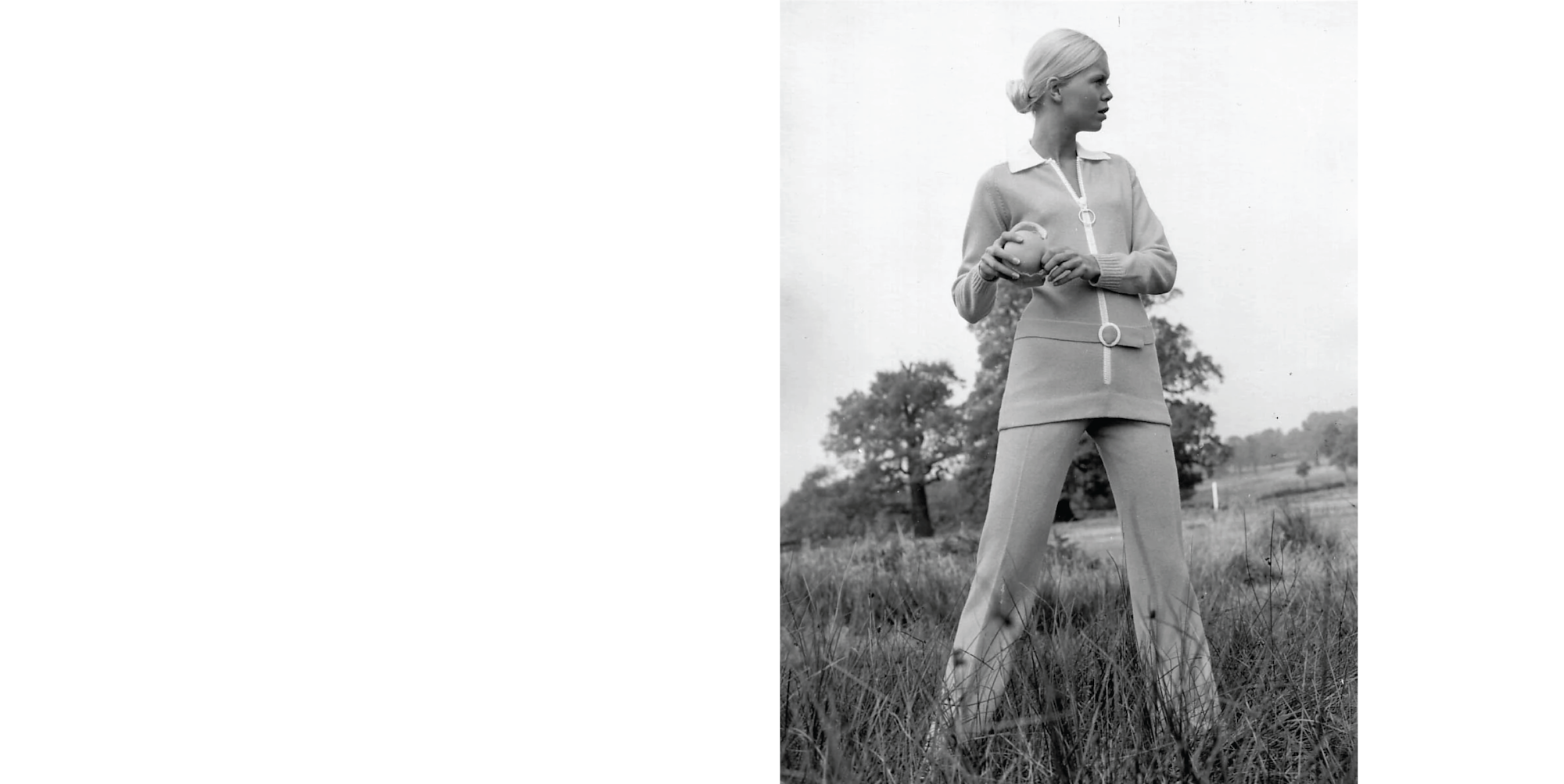
NO.17
A look from a 1970s womenswear collection playing to the trends of the decade for sporty, casual and laid-back knitwear.
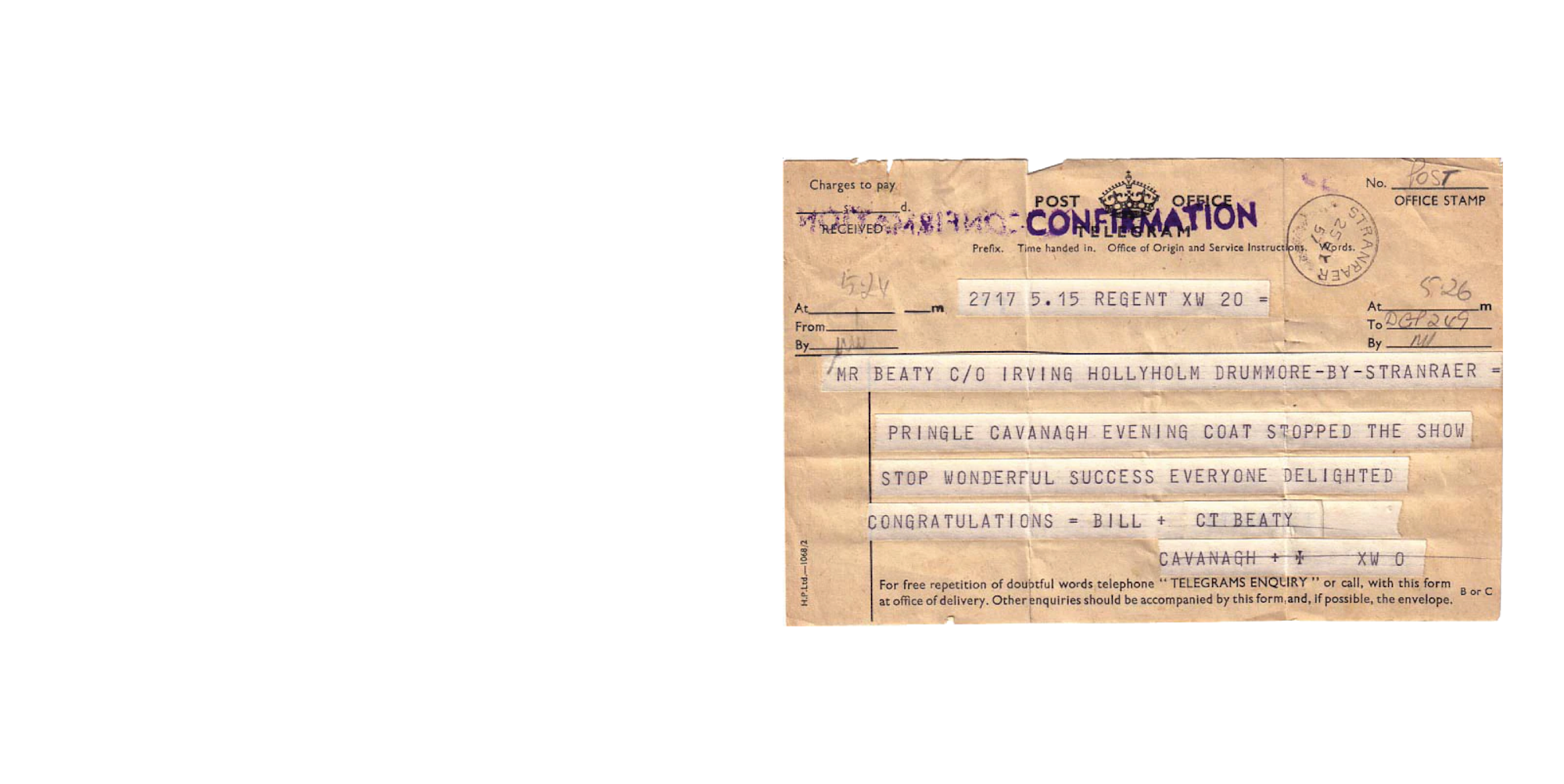
NO.18
A telegram reading ‘Pringle coat stopped the show. Wonderful success. Everyone delighted.’

NO.19
A Pringle cashmere twinset made the cover of Vogue in 1955 shot by Horst P Horst.
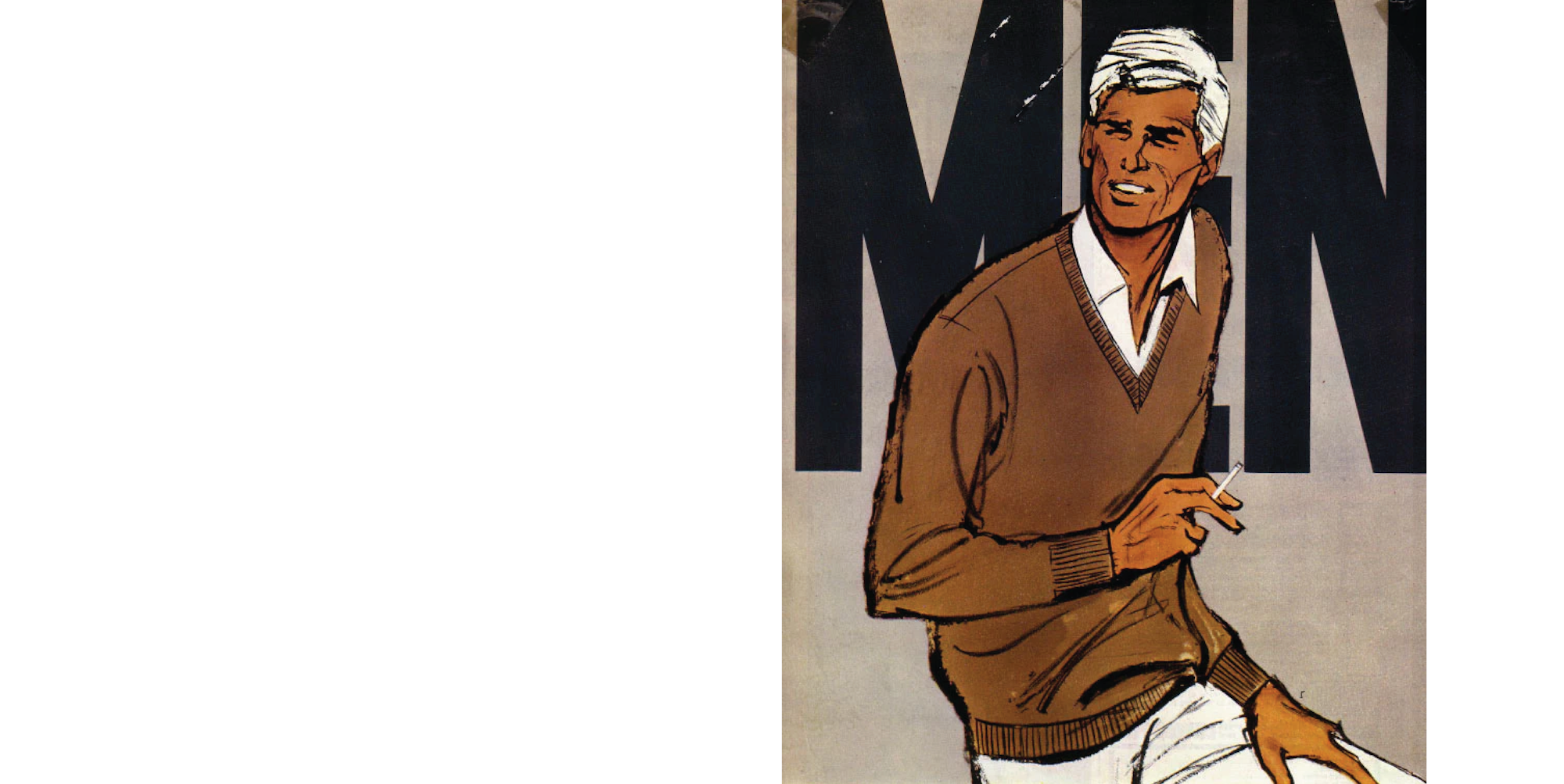
NO.20
An illustrated campaign for Pringle Menswear in 1965.
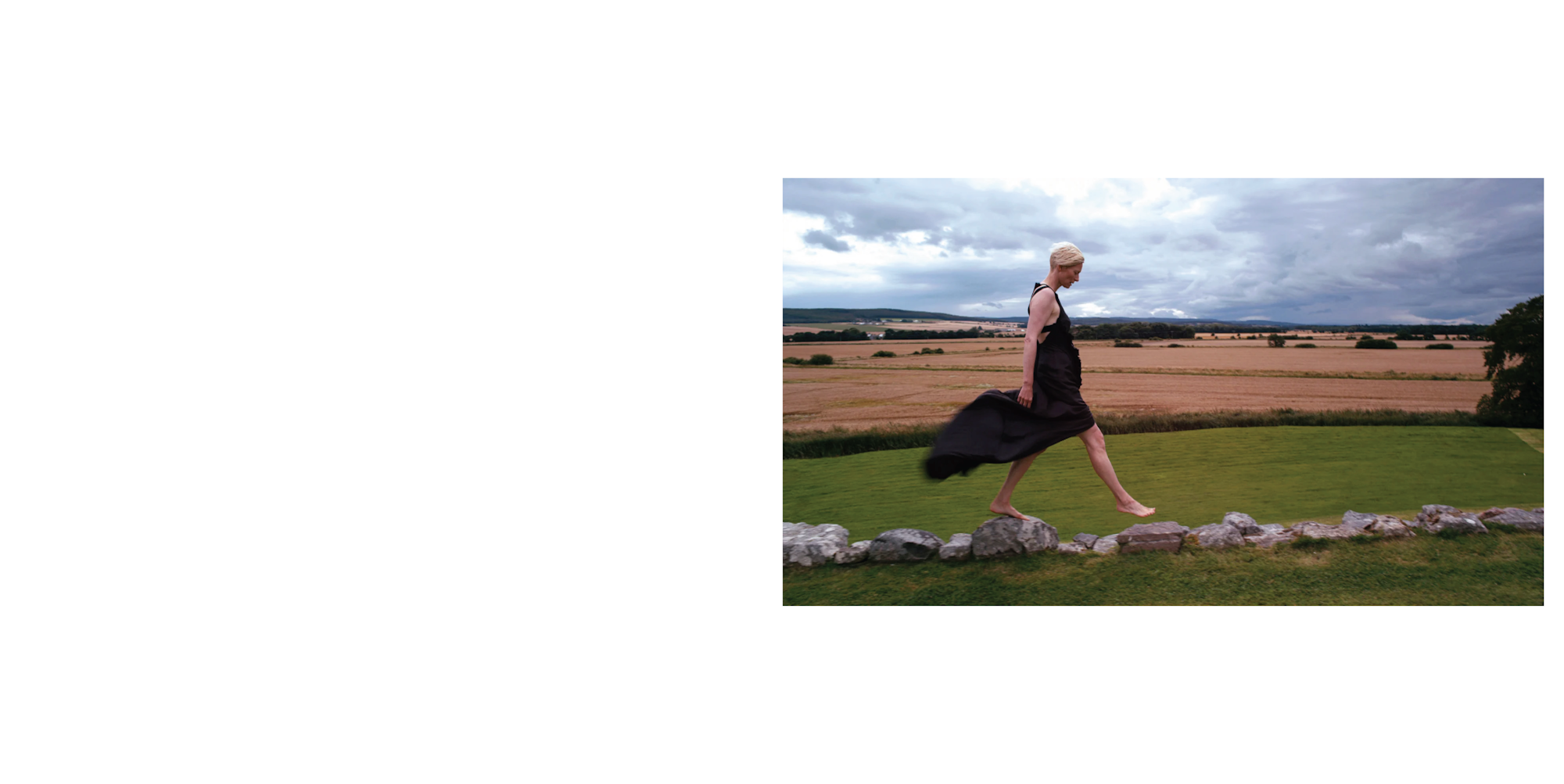
NO.21
Tilda Swinton in a still from the Spring Summer ’10 seasonal film by Ryan McGinley.
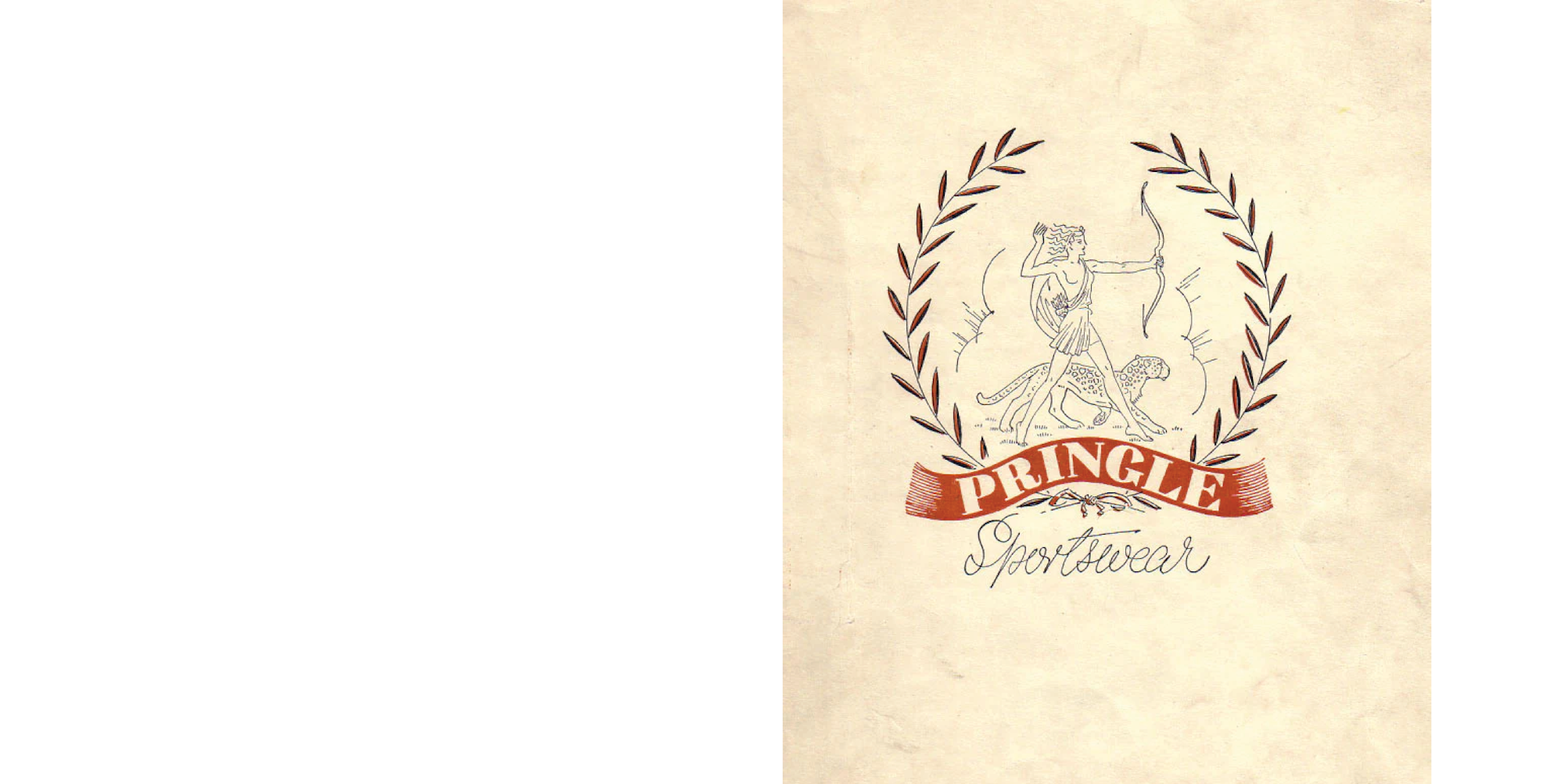
NO.22
An illustrated cover for a sportswear brochure in 1937.

NO.23
Pringle hosted a fashion show in the presence of Princess Margaret at London’s Savoy Hotel in 1968.
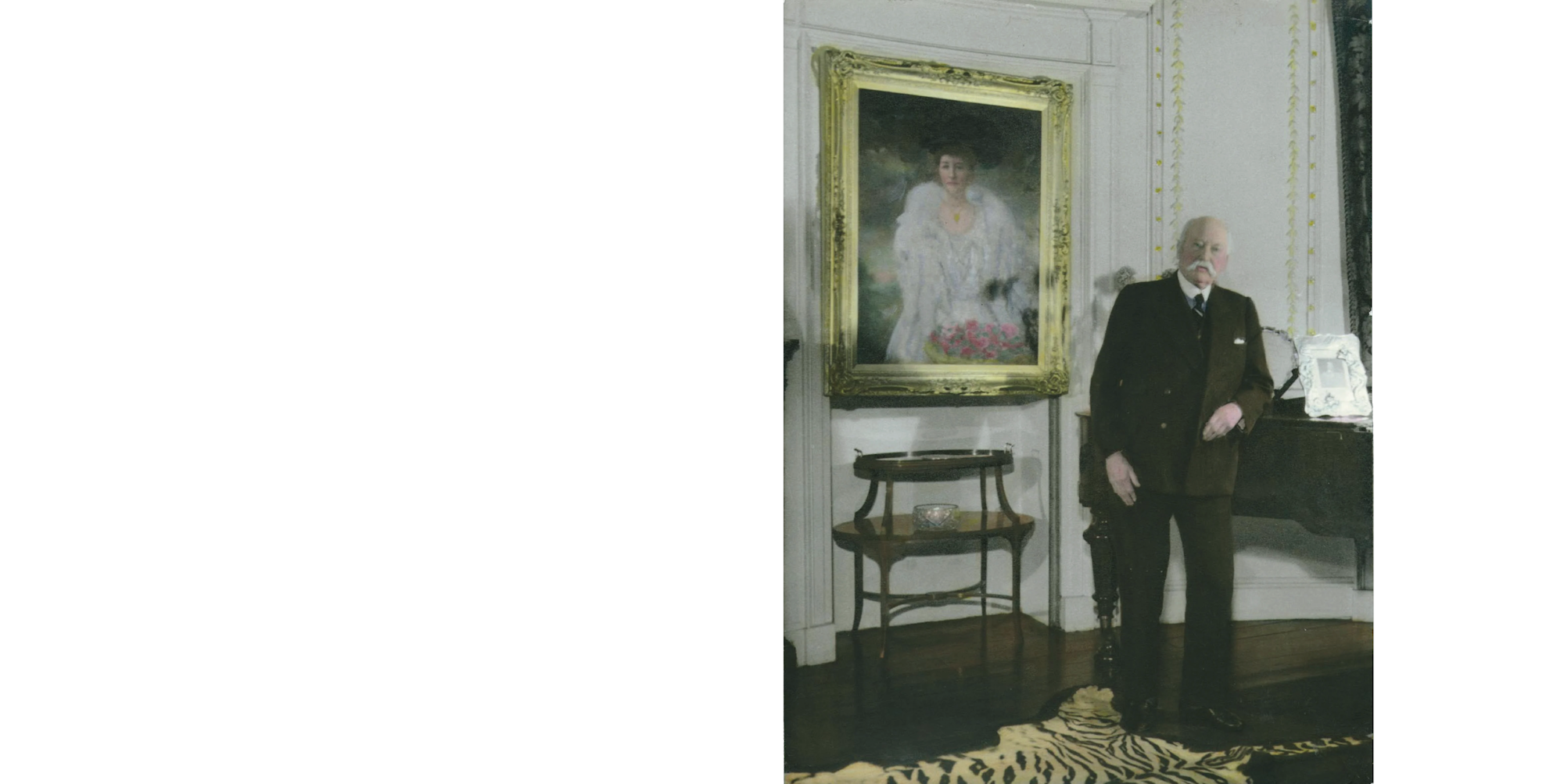
NO.24
Robert Pringle II, 1862 - 1953.
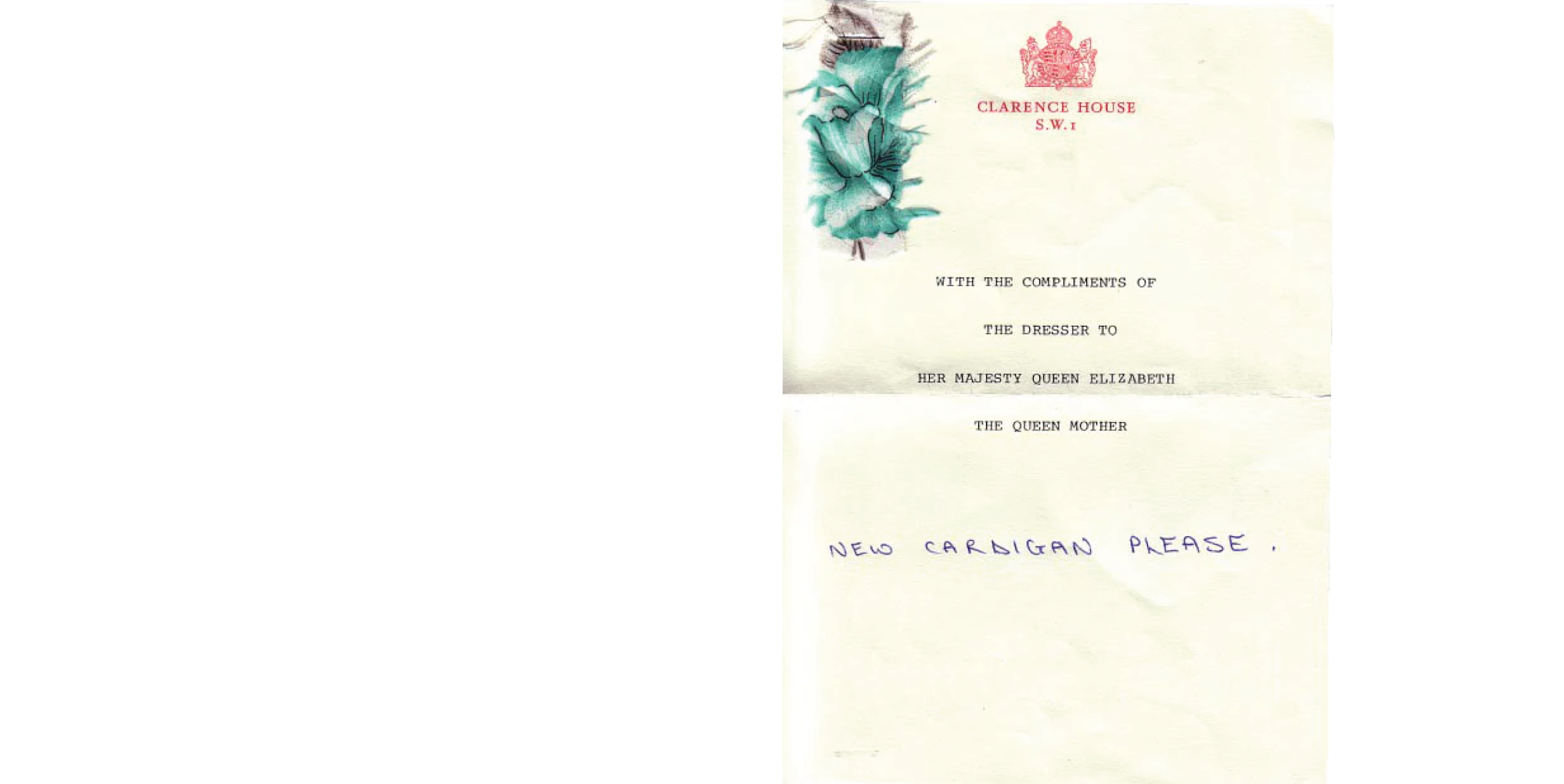
NO.25
A note from Clarence House from the Dresser to the Queen Mother simply requesting a ‘new cardigan please’.
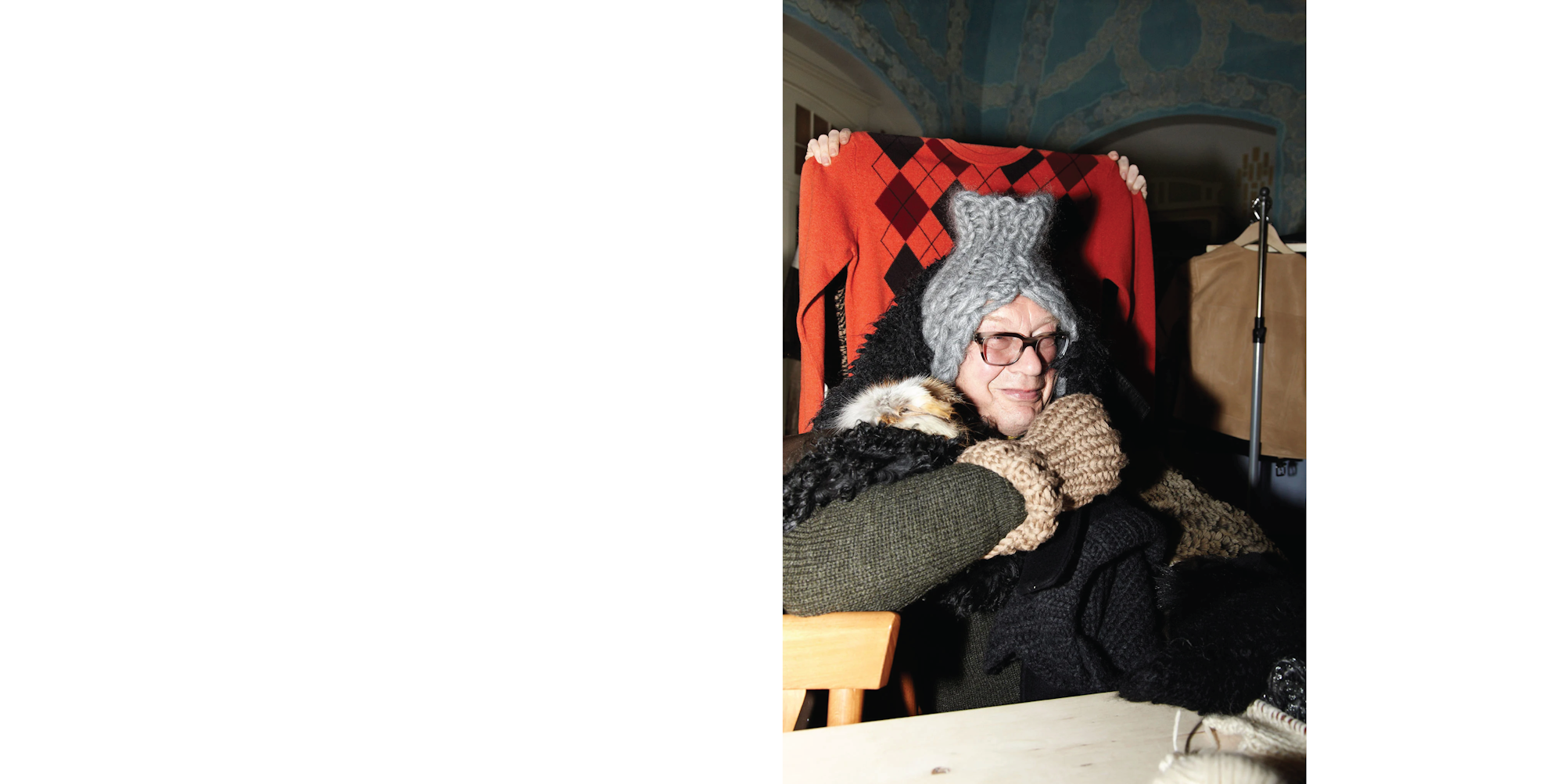
NO.26
Photographer Walter Pfeiffer wrapped up in Pringle knits on set, between takes.

NO.27
Brand ambassador Tilda Swinton shot by Ryan McGinley.

NO.28
Pringle fell in love with a series of images of the Isle of Skye photographed by Albert Watson for the BBC. They were later used in conjunction with an advertising campaign to celebrate the brand’s 200th anniversary.
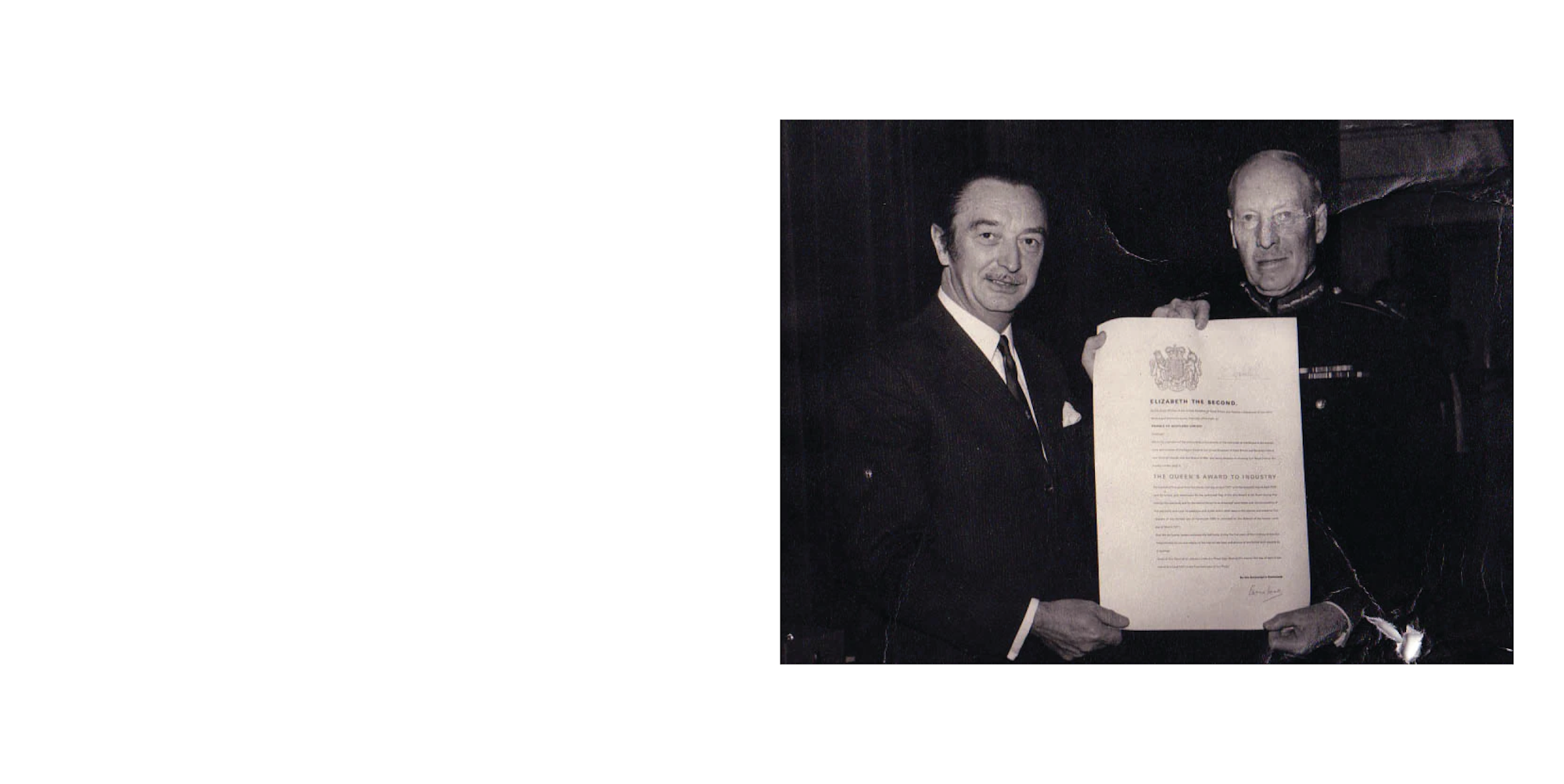
NO.29
During the reign of Her Majesty Queen Elizabeth II, Pringle held the Royal Warrant for the manufacture of knitted garments from 1956 until 2022.
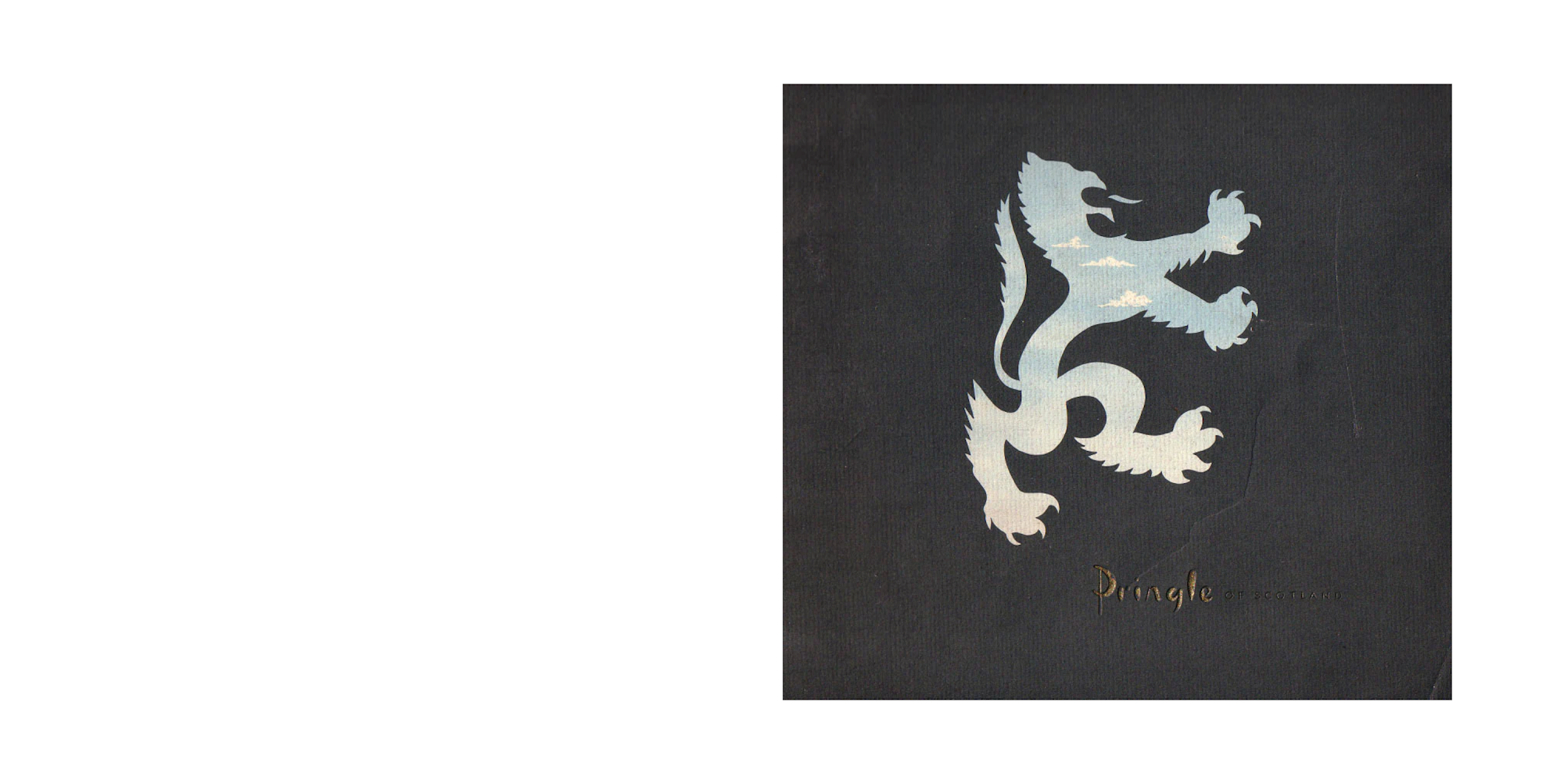
NO.30
The iconic Pringle lion represents Pringle’s dedication to its Britishness, and is very much part of the brand’s visual heritage. First introduced on garment labels in 1934 it is still used on signature pieces throughout the Men’s and Women’s collections.
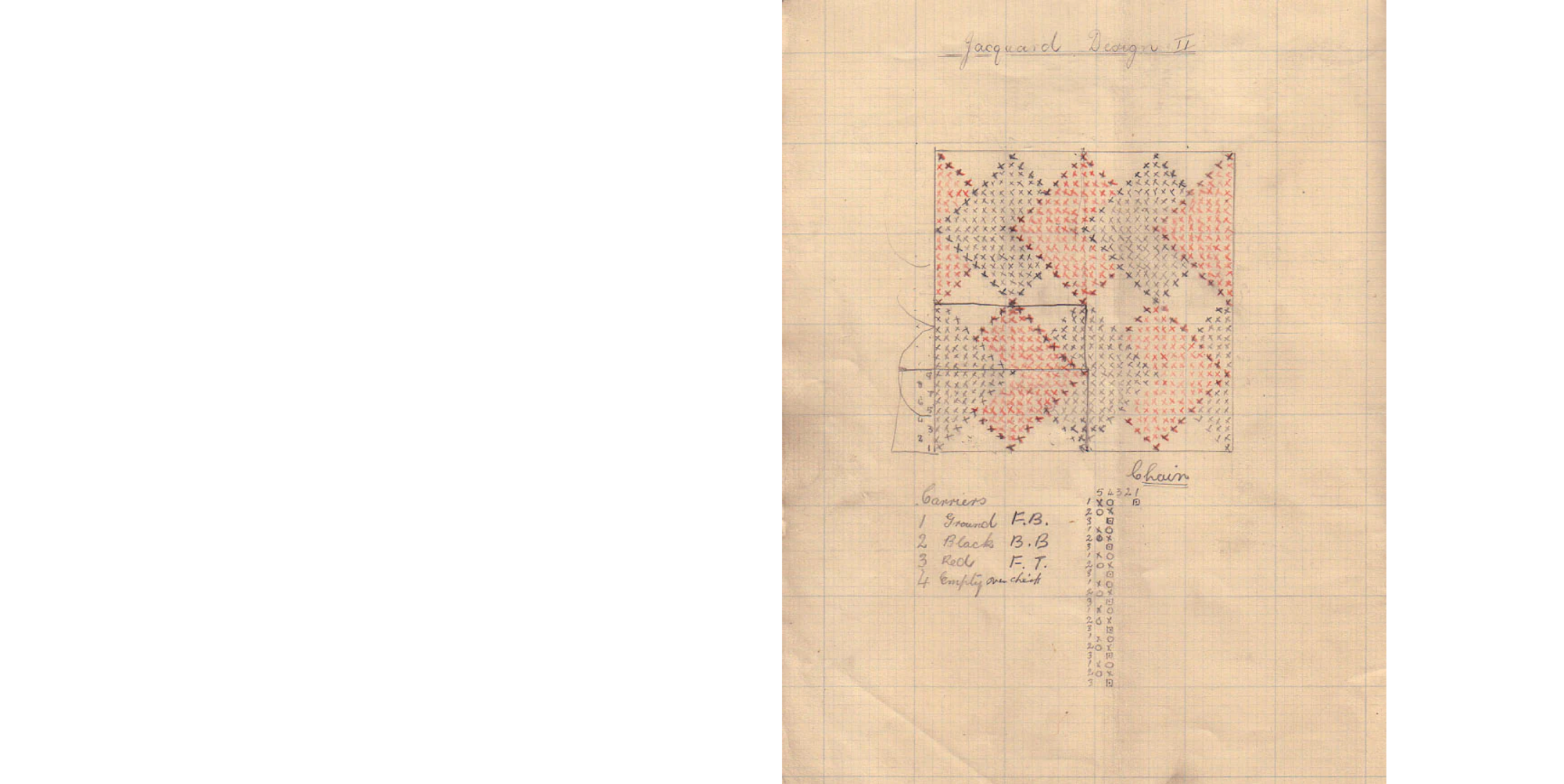
NO.31
A sketch showing a variation on the Argyle. Originally designed in 1897 after experiments with the Tartan pattern, Argyle moved from socks to outerwear during the 1920s with the evolution of Pringle’s signature intarsia pattern.
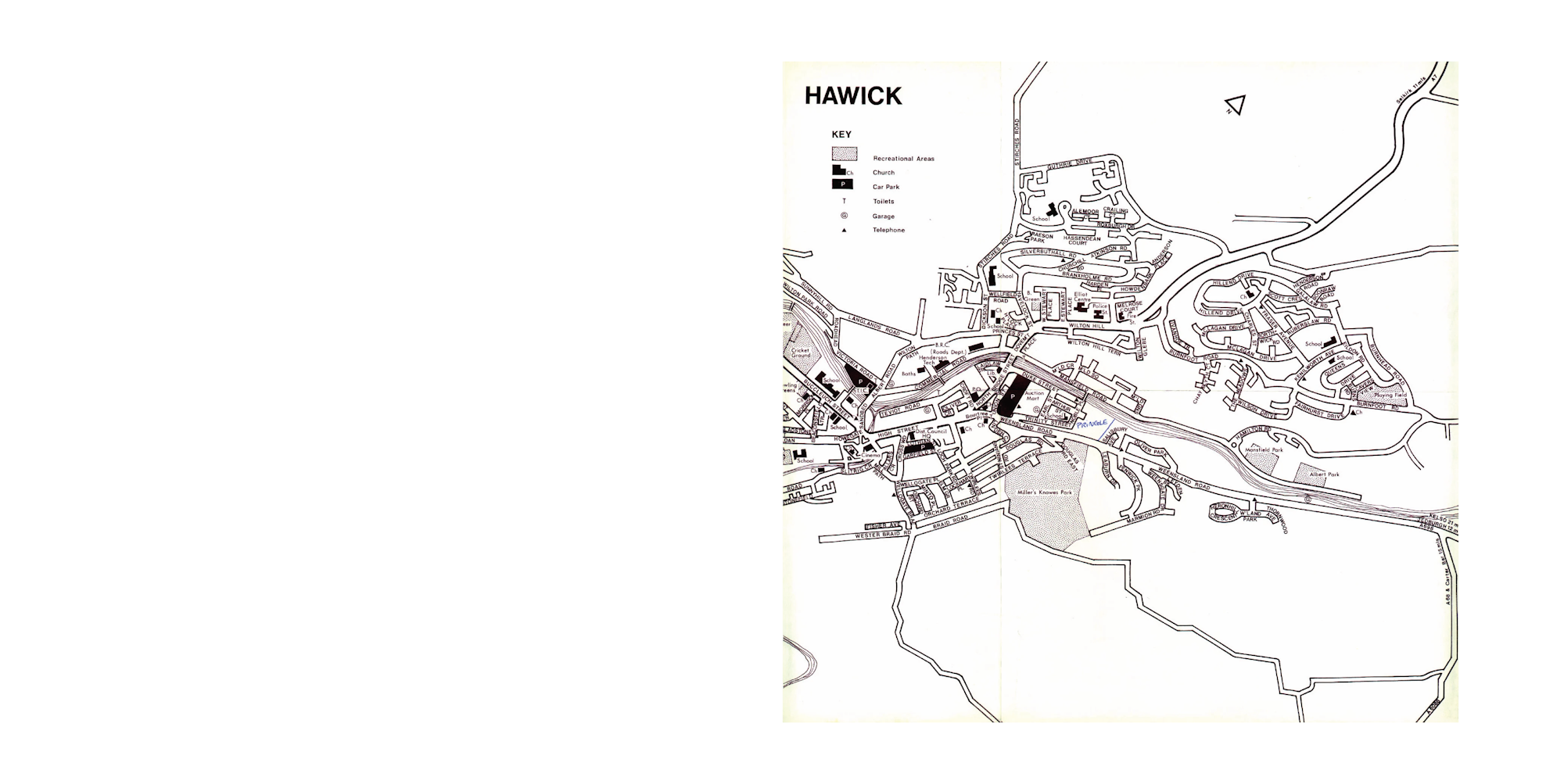
NO.32
Pringle is proudly ‘of Scotland’ – it was founded in the unassuming town of Hawick, now considered the iconic home of the British knitwear industry.
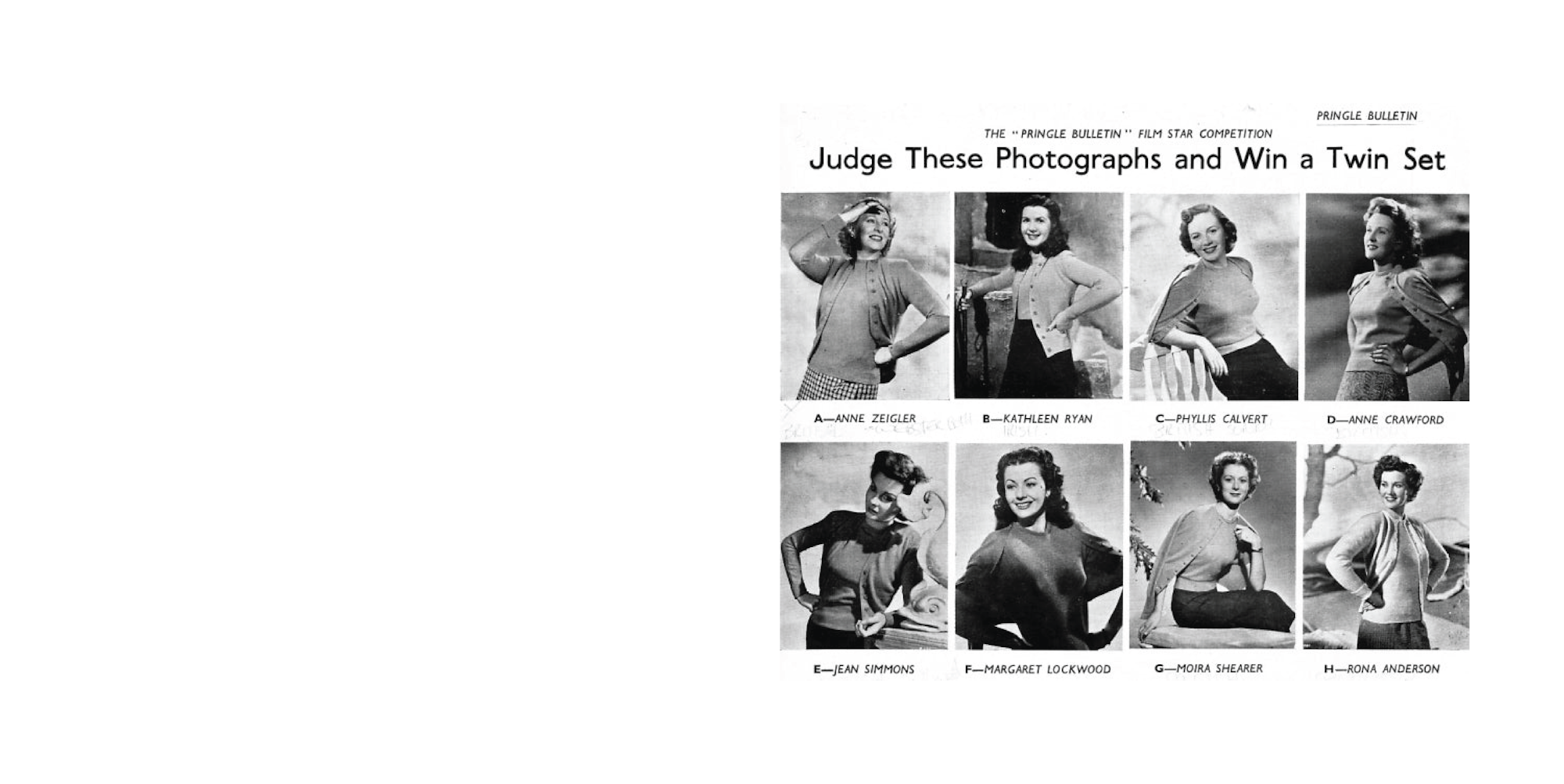
NO.33
From the House of Windsor to the West Coast of America, Pringle cashmere was a must-have of the 20th century, and a twinset graced the shoulders of Jean Crawford, Margot Fonteyn, Grace Kelly, Margaret Lockwood, Moirer Shearer and Jean Simmons among a host of others.
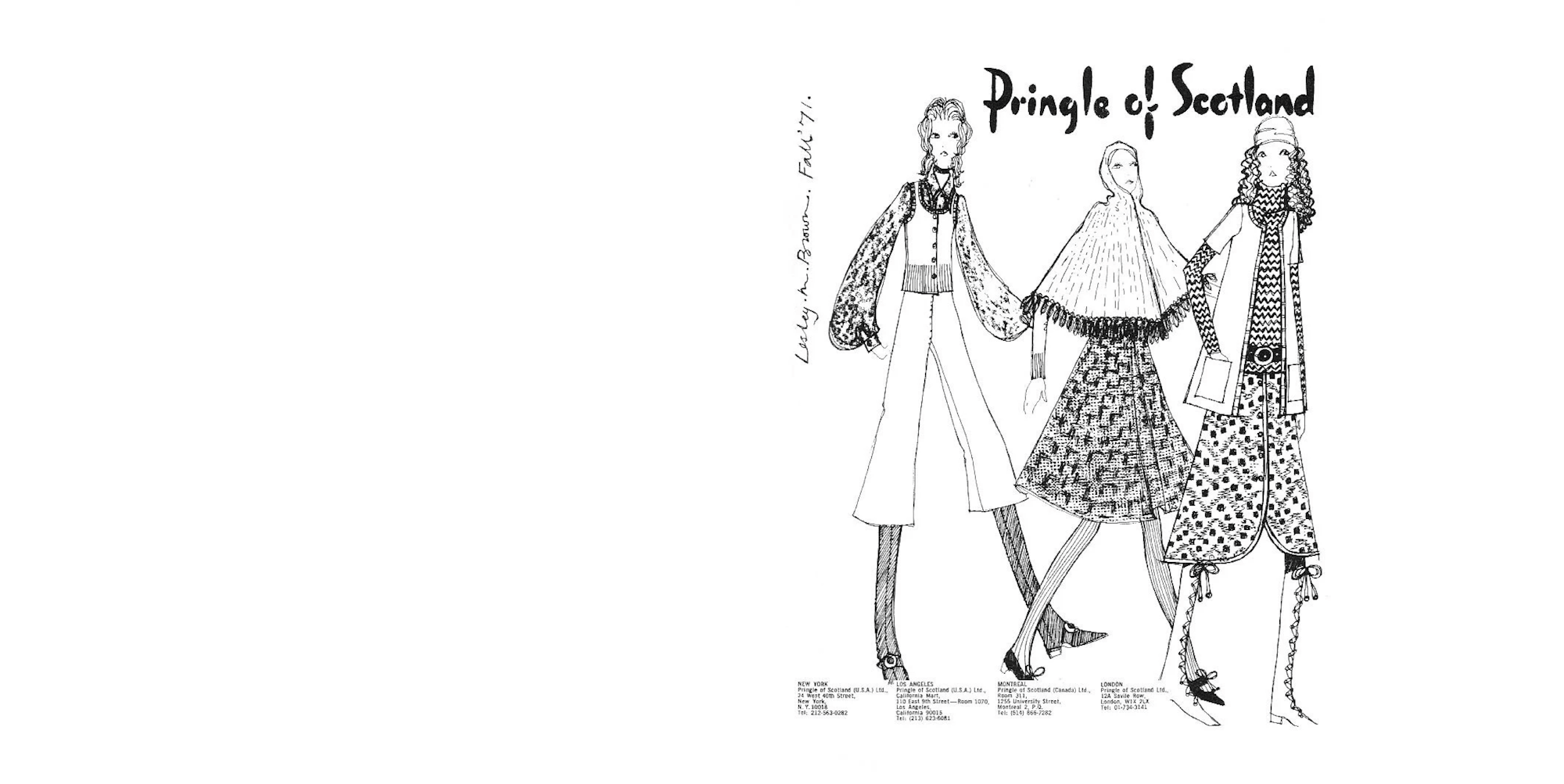
NO.34
The illustrated front cover of a Pringle brochure from 1971 showcasing the autumn collection.
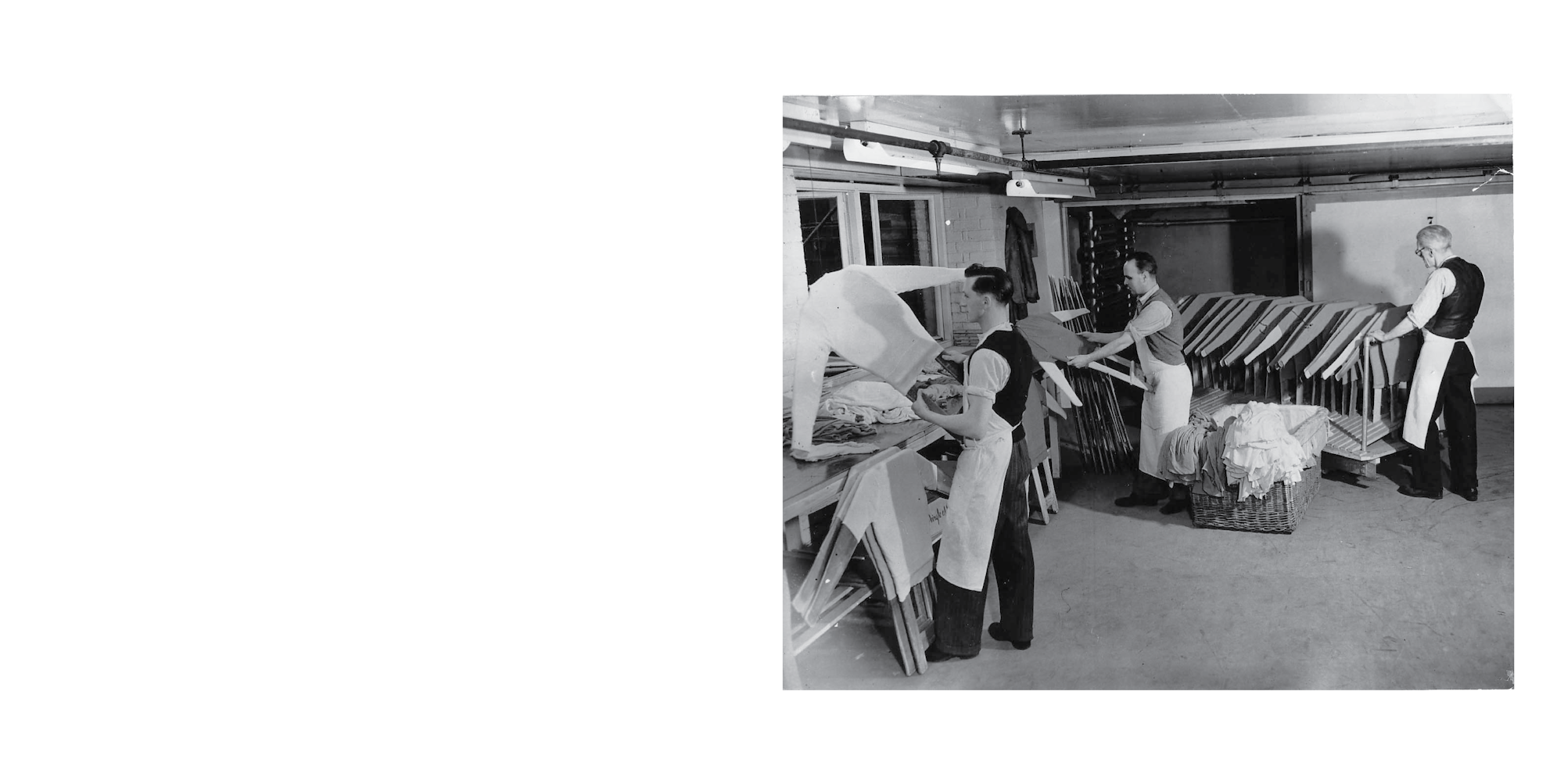
NO.35
Pringle employees captured at work in the Hawick factory.

NO.36
One of the images from the first campaign under Creative Director Clare Waight Keller, shot by David Sims and starring Freja Beha Erichsen.
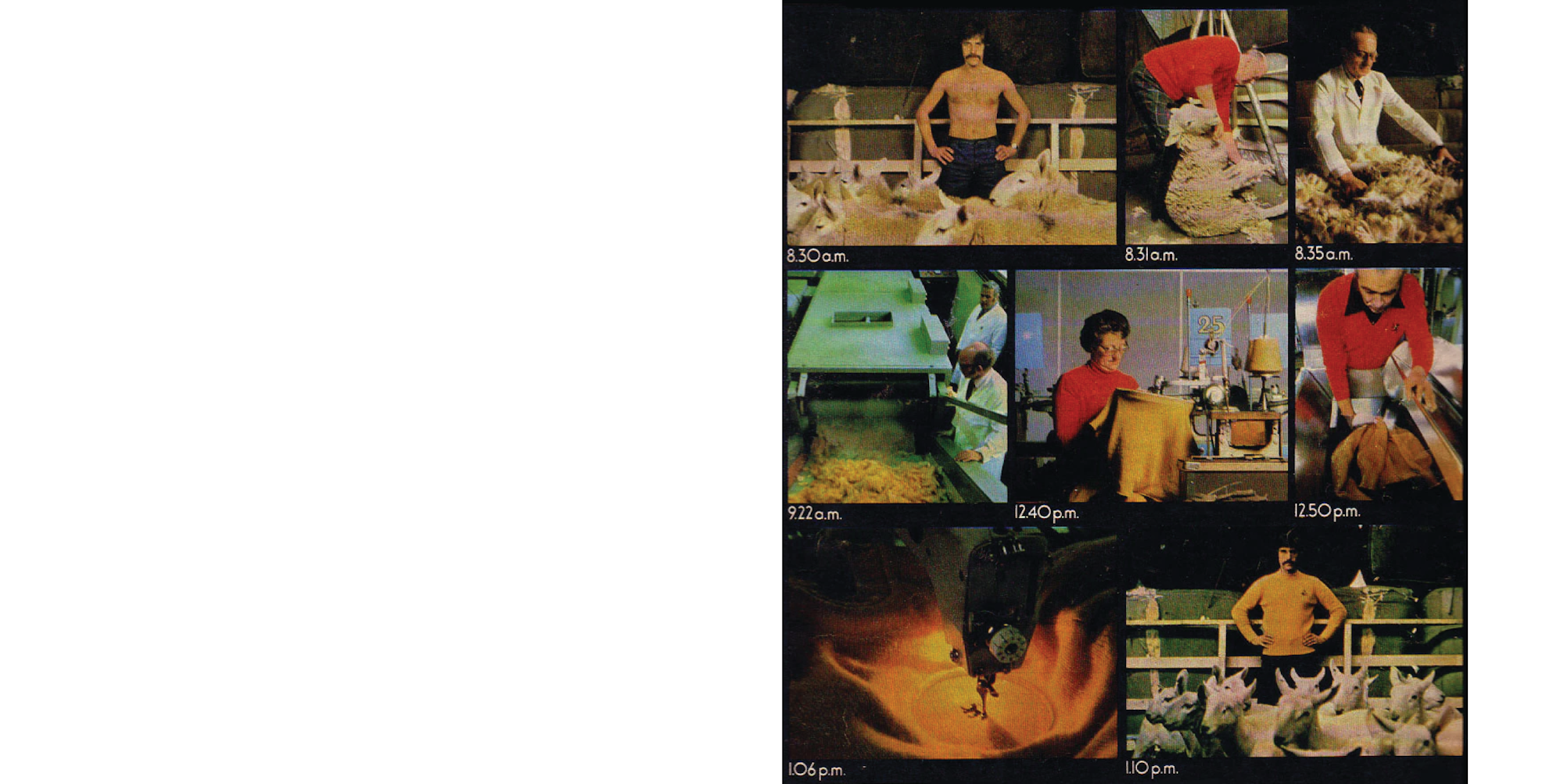
NO.37
‘From sheep to jumper’ – a brilliant visual article by the Daily Telegraph in 1976, showing the relationship between farmer, factory and final garment.
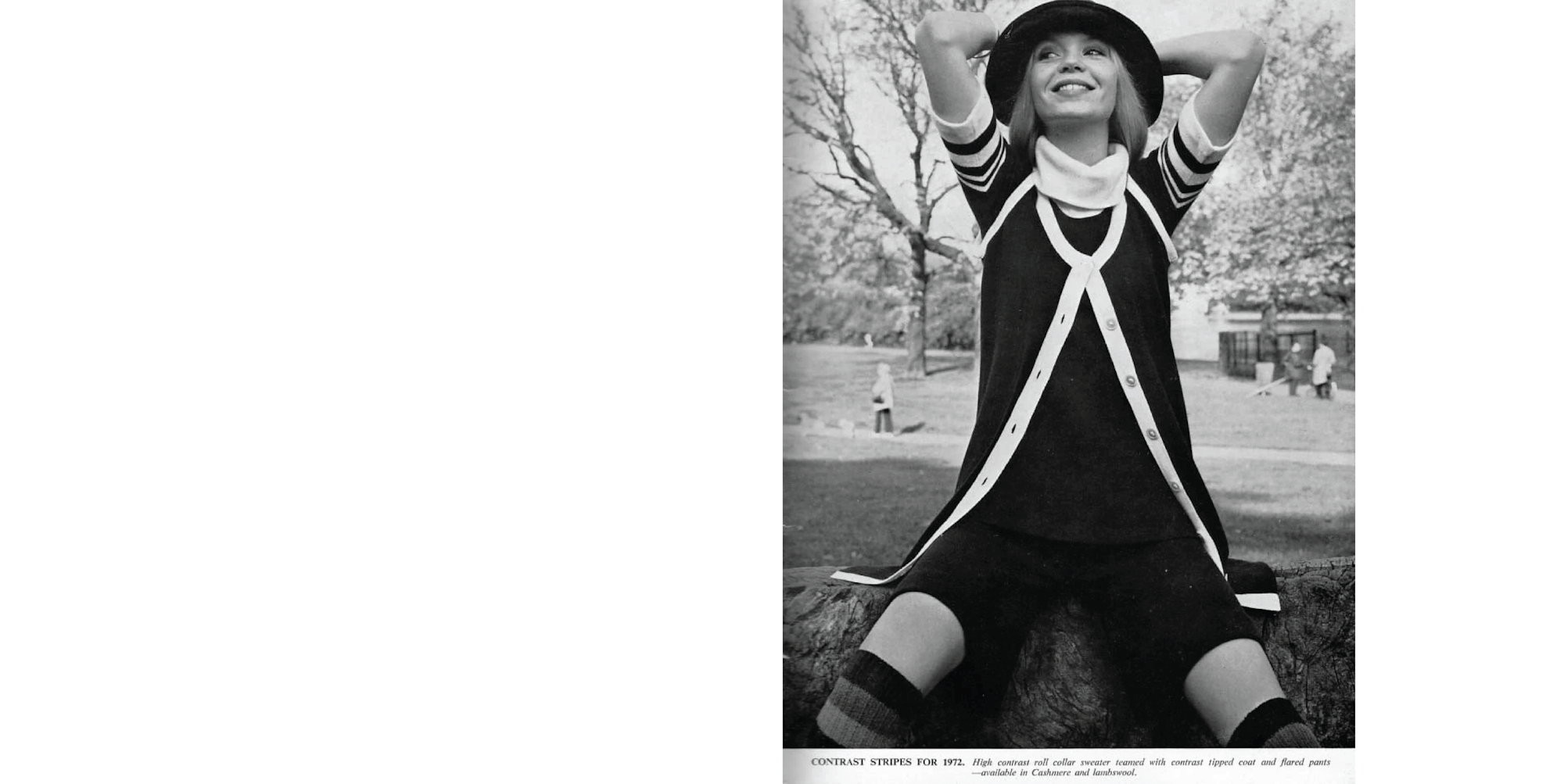
NO.38
Many of Pringle’s designs are referenced by today’s Design Directors. This contrast stripe cardigan from 1972 has its origins in the early 20th century Pringle sportswear, and has been reintroduced in recent collections.
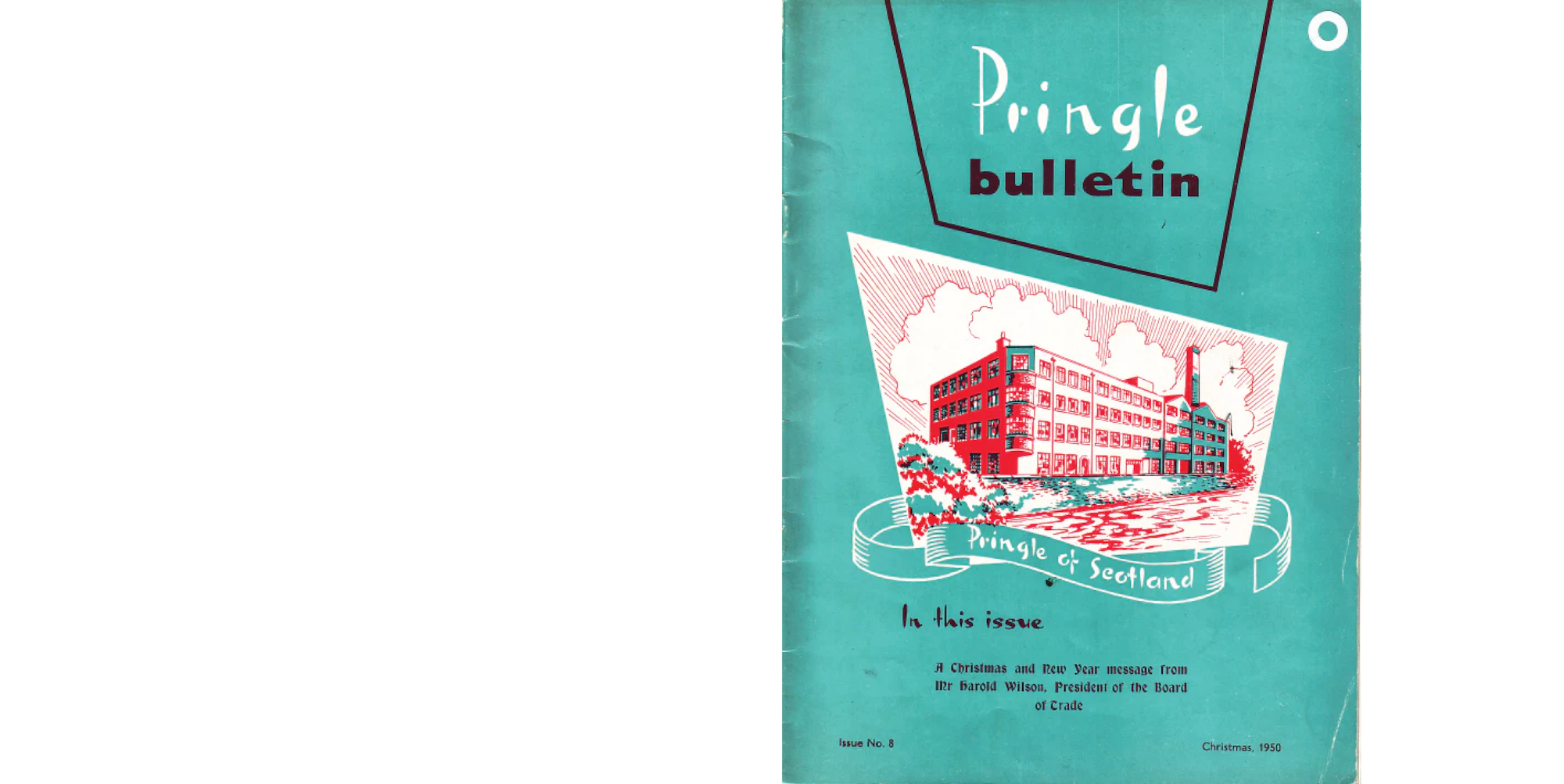
NO.39
The Bulletin was the in-house magazine for Pringle, introduced in 1949. It typically contained news of recent events and a message from the chairman.

NO.40
This light-hearted advert from the 1990s challenged the conventional opinion of Pringle as a traditional knitwear brand.
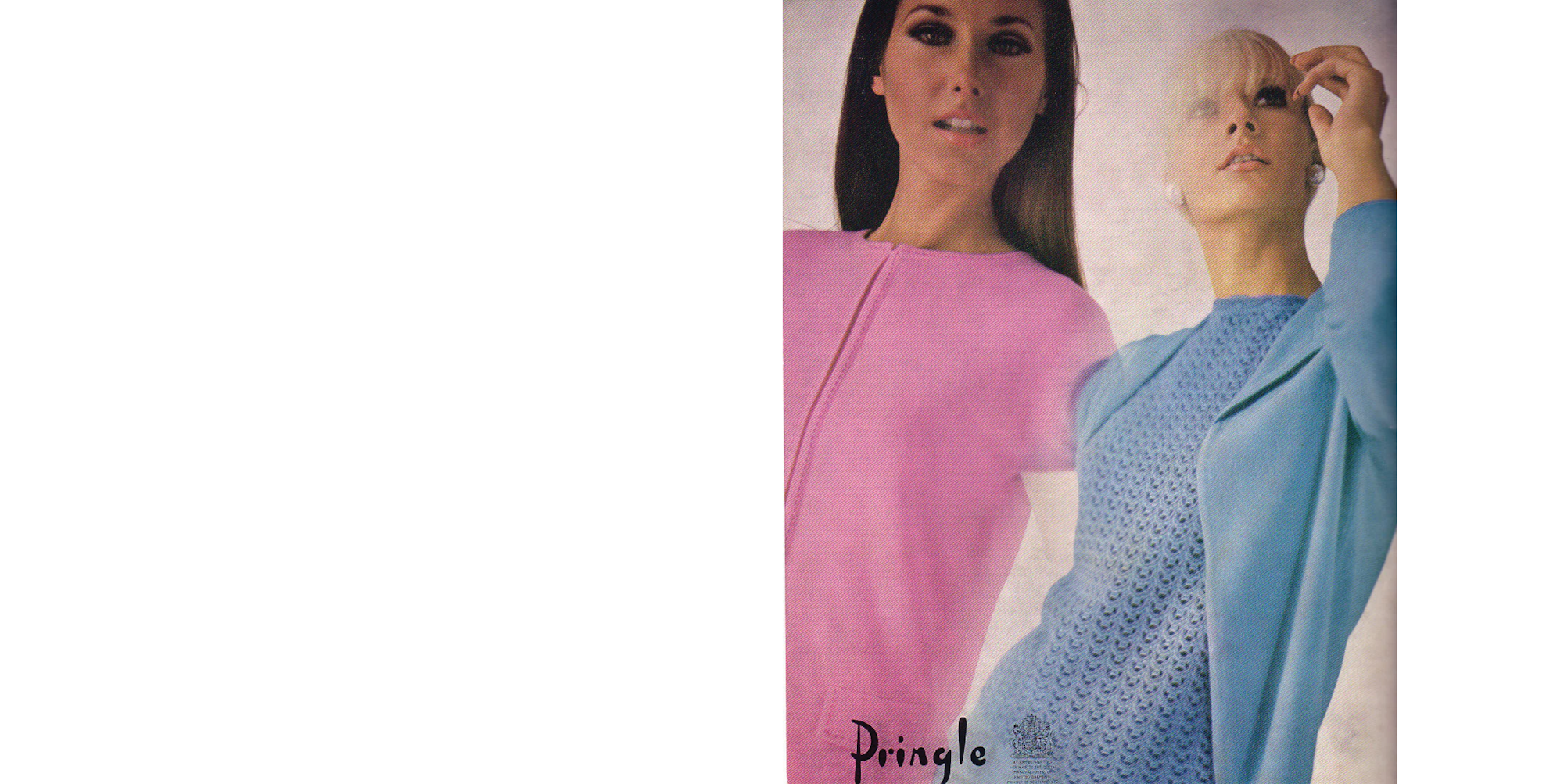
NO.41
During the 1960s Pringle’s iconic twinsets were well-established as the must-have item, in the decade’s pastel coloured hues.
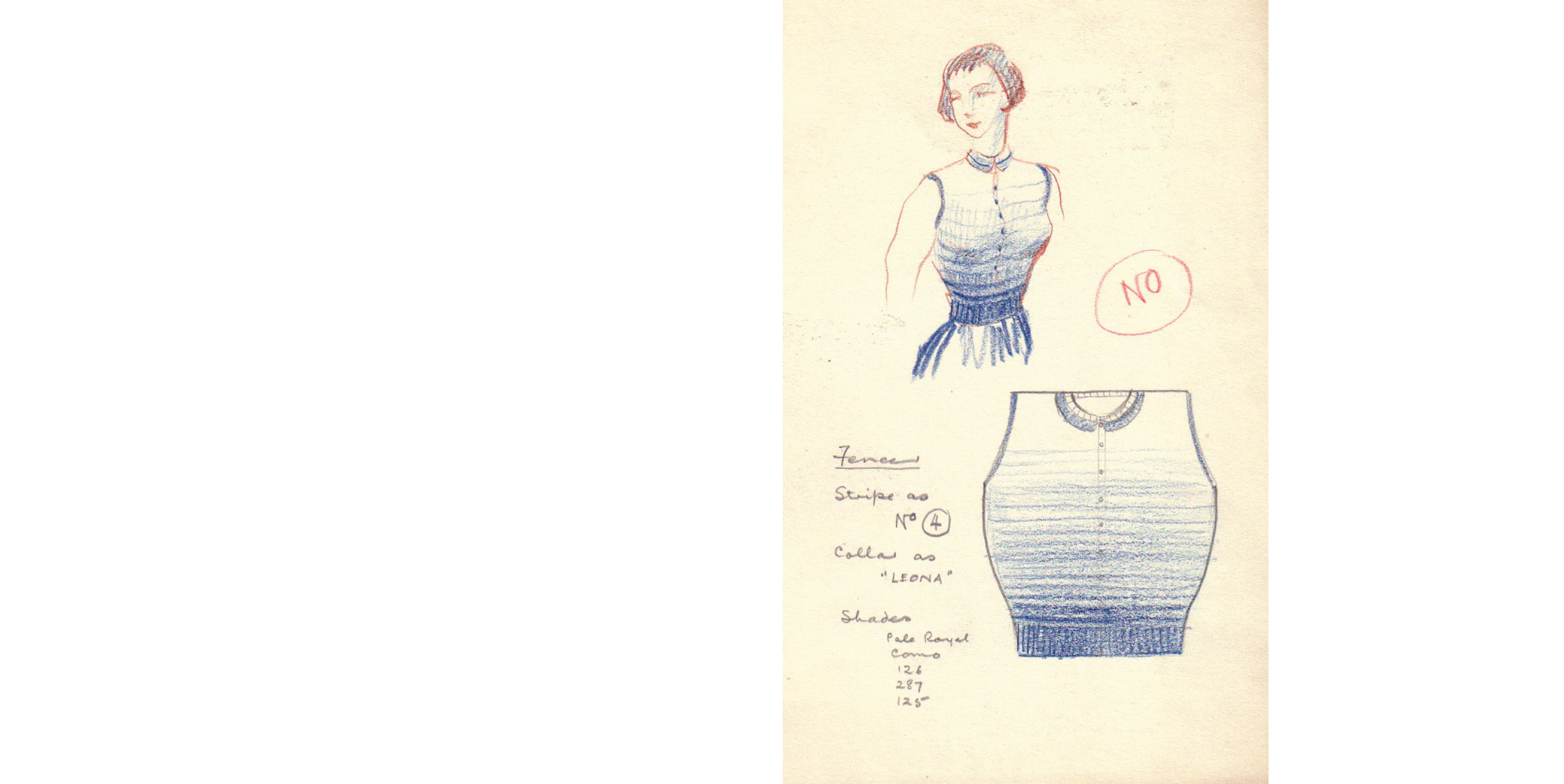
NO.42
An original sketch from 1951 showing the design detail of a women’s knitted top.
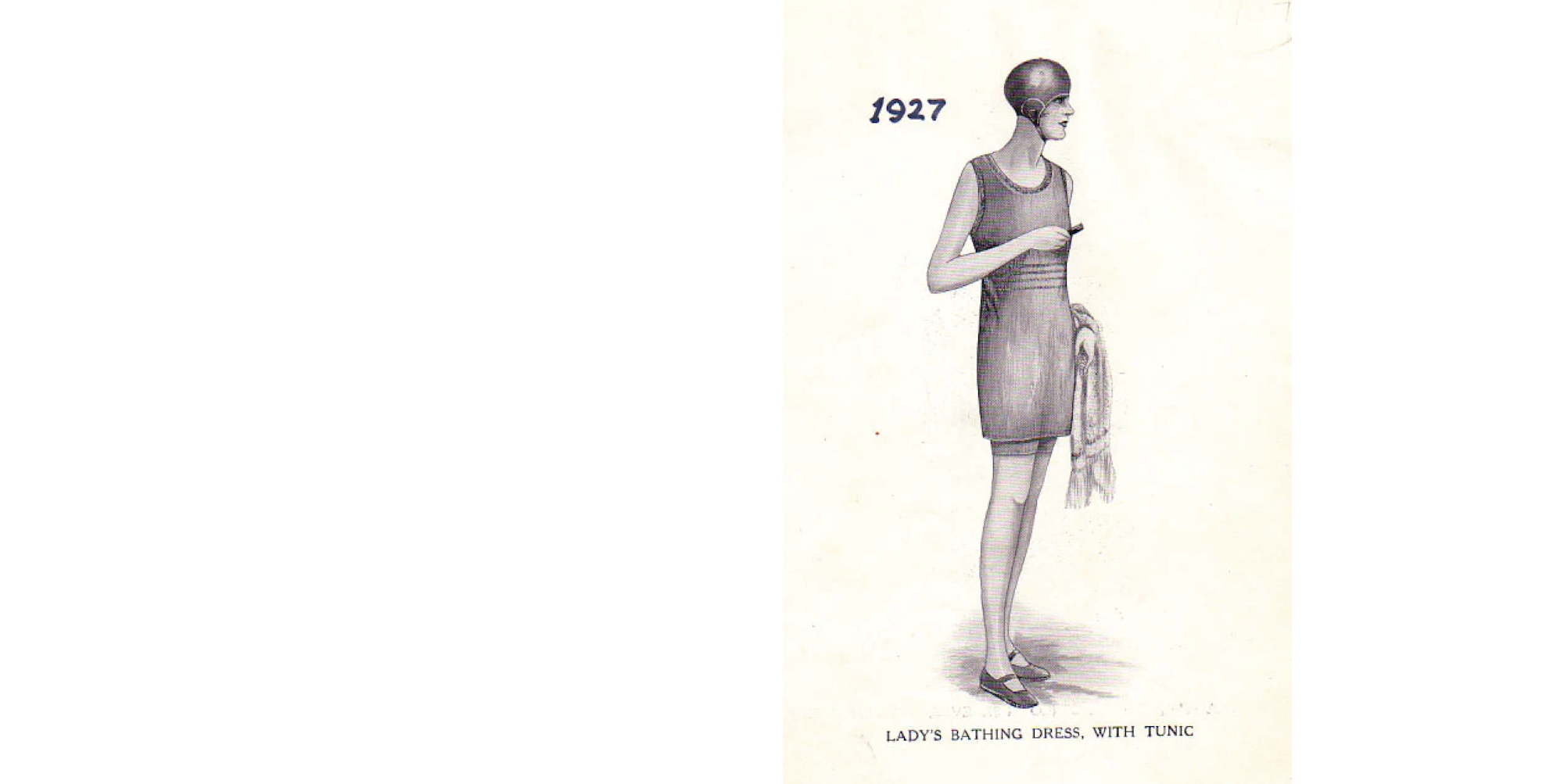
NO.43
An illustration depicting a bathing suit designed in the fashion of the 1920s
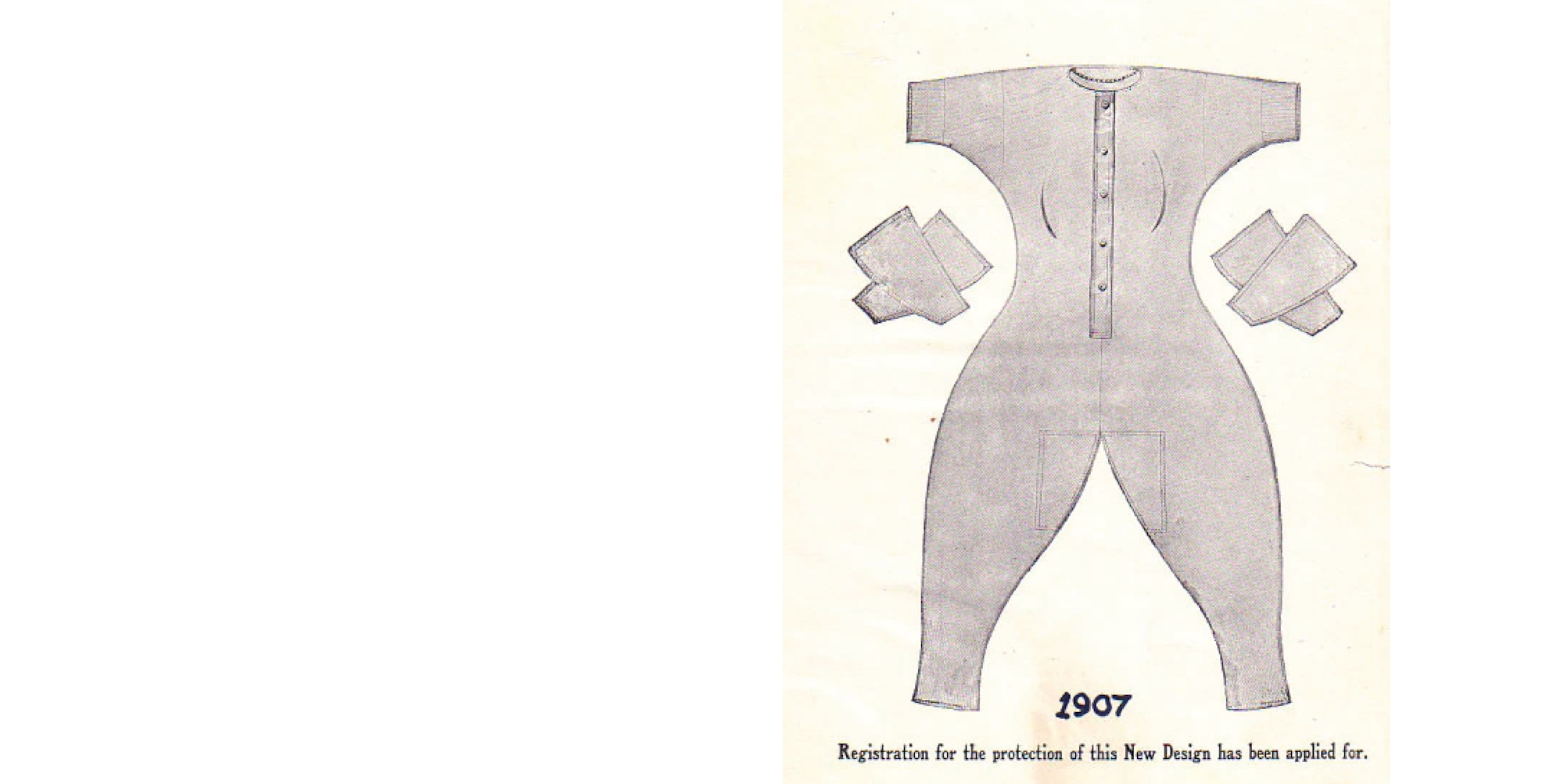
NO.44
Pringle of Scotland was established firstly as manufacturers of knitted undergarments and hosiery, and was later responsible for turning ‘knitwear’ into a clothing category of its own.

NO.45
Did you know? Cashmere first became popular in the 1850s, superseding alpaca wool as the fashionable choice for knitted undergarments.
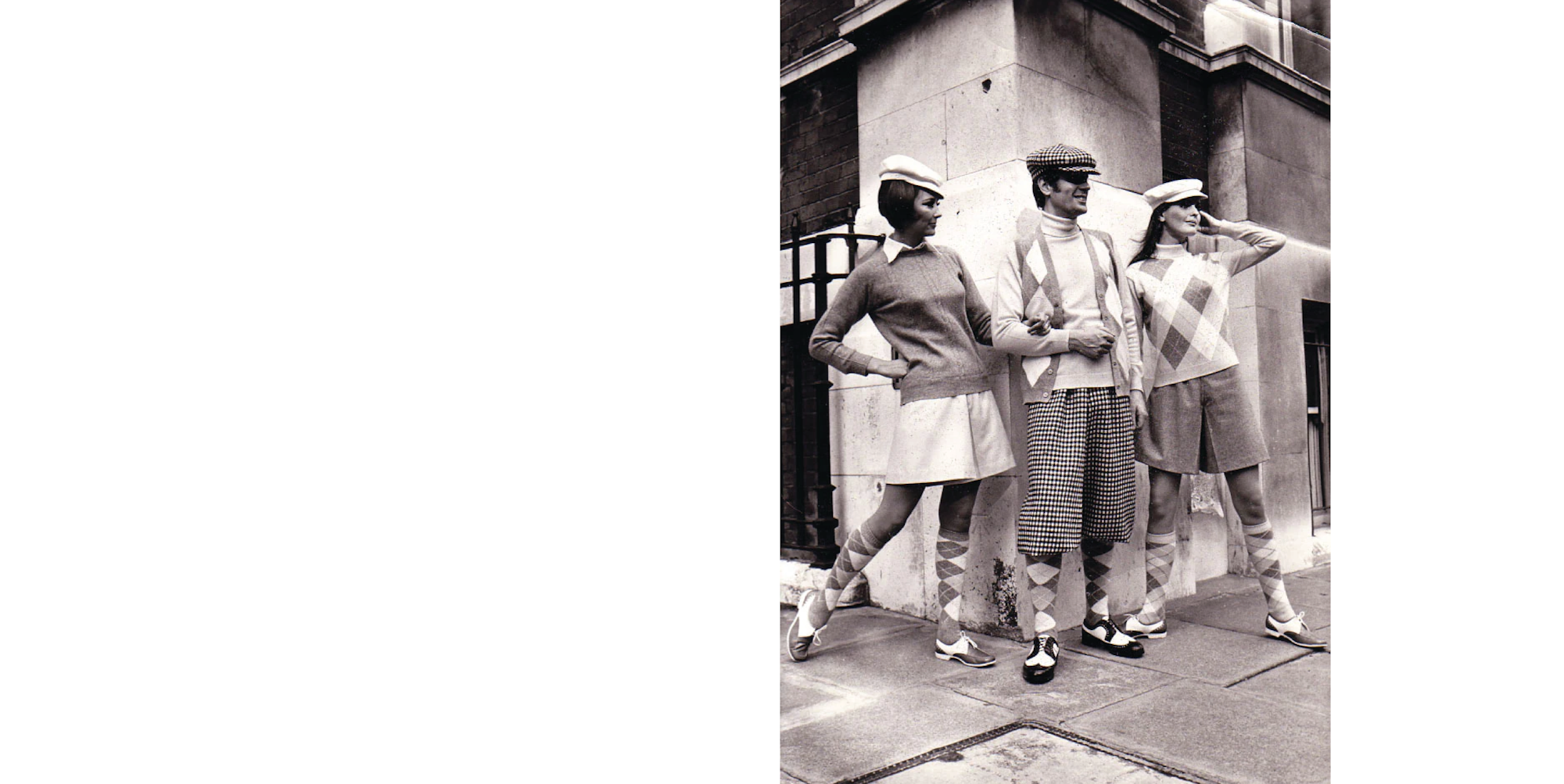
NO.46
Pringle introduced an intarsia design in the 1920s that later became known as a signature argyle that is still referenced in collections today.
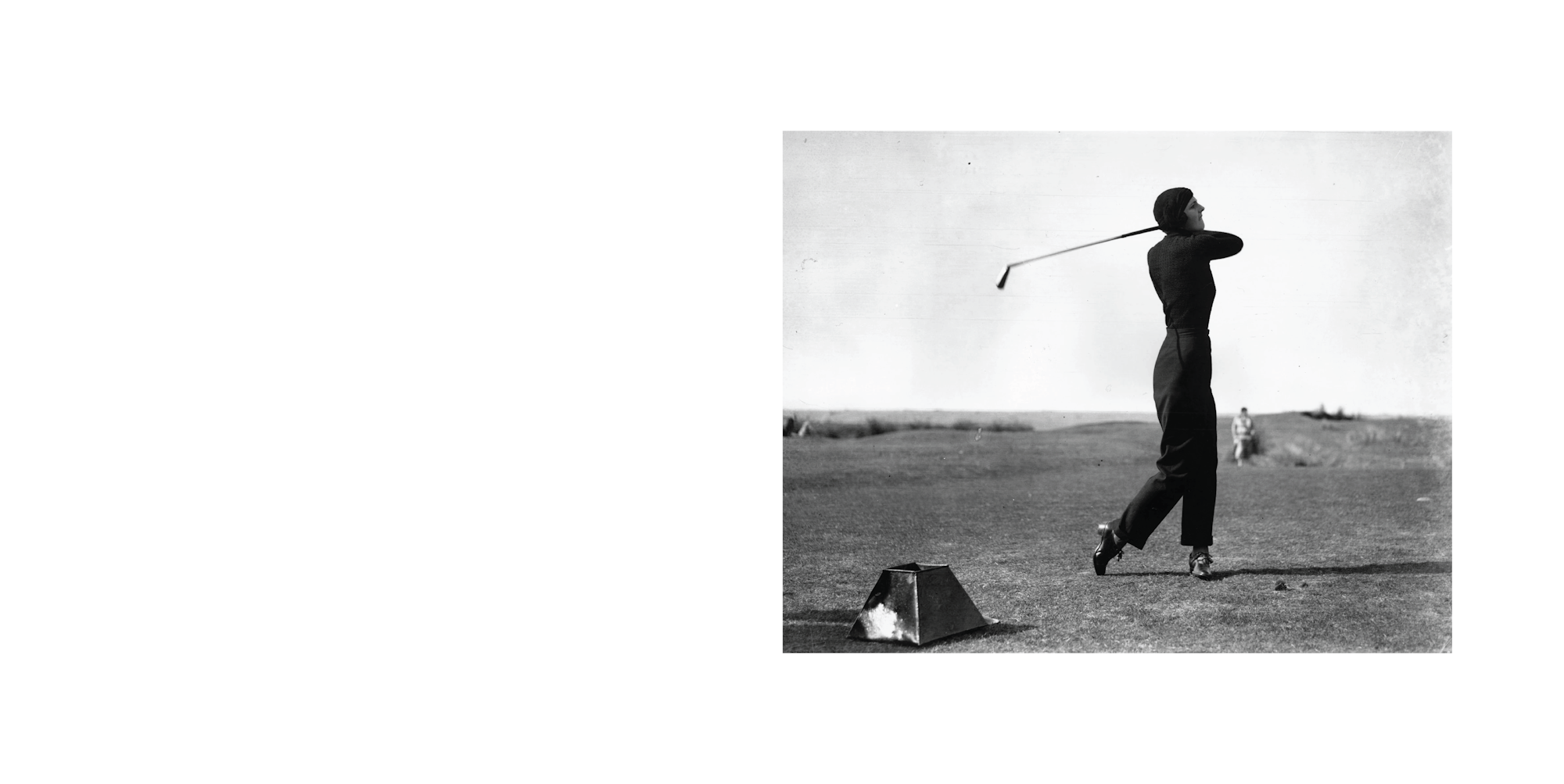
NO.47
Pringle became part of the golfer’s look during the 1920s for both men and women with its iconic knitted sportswear combinations.

